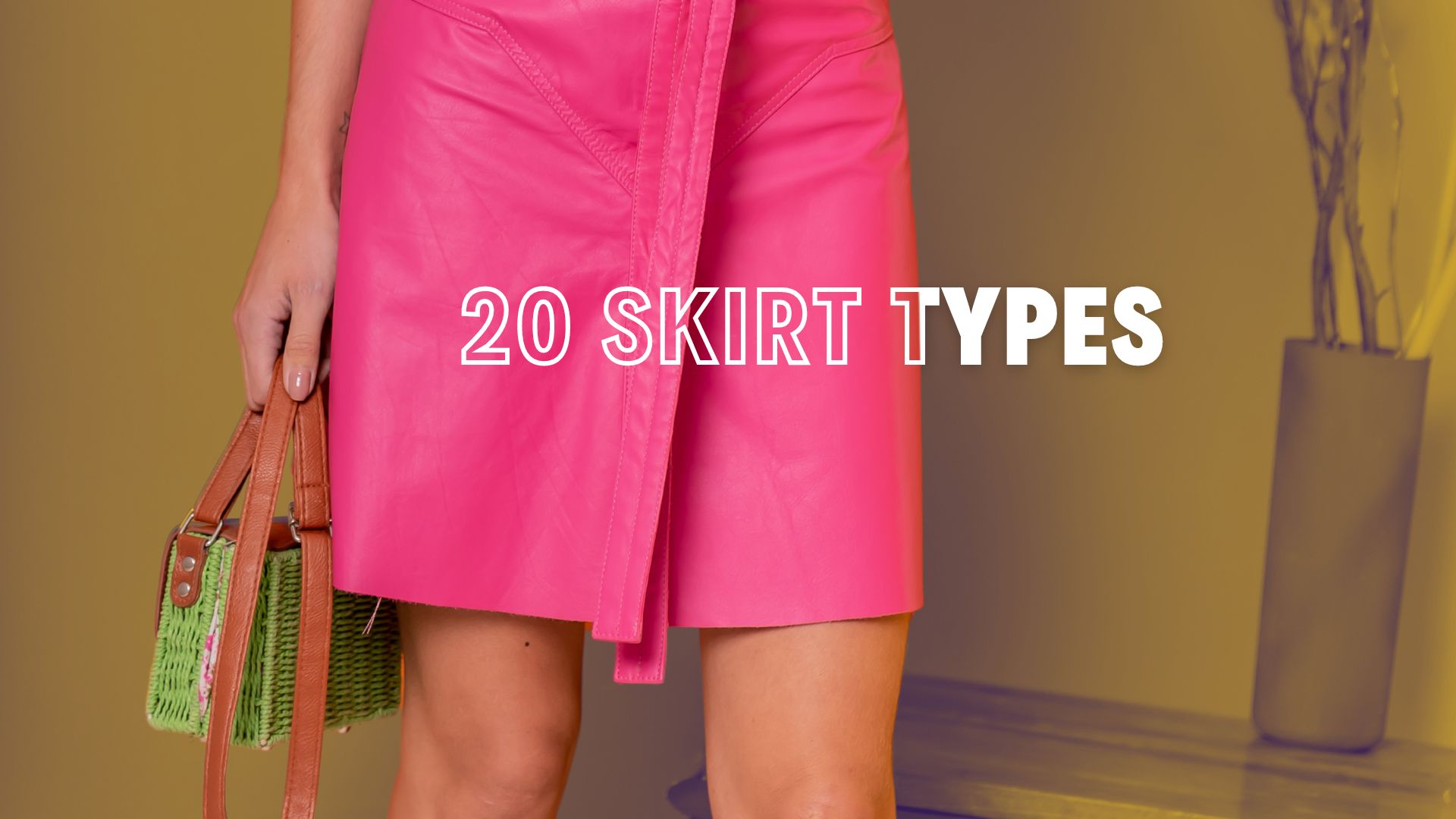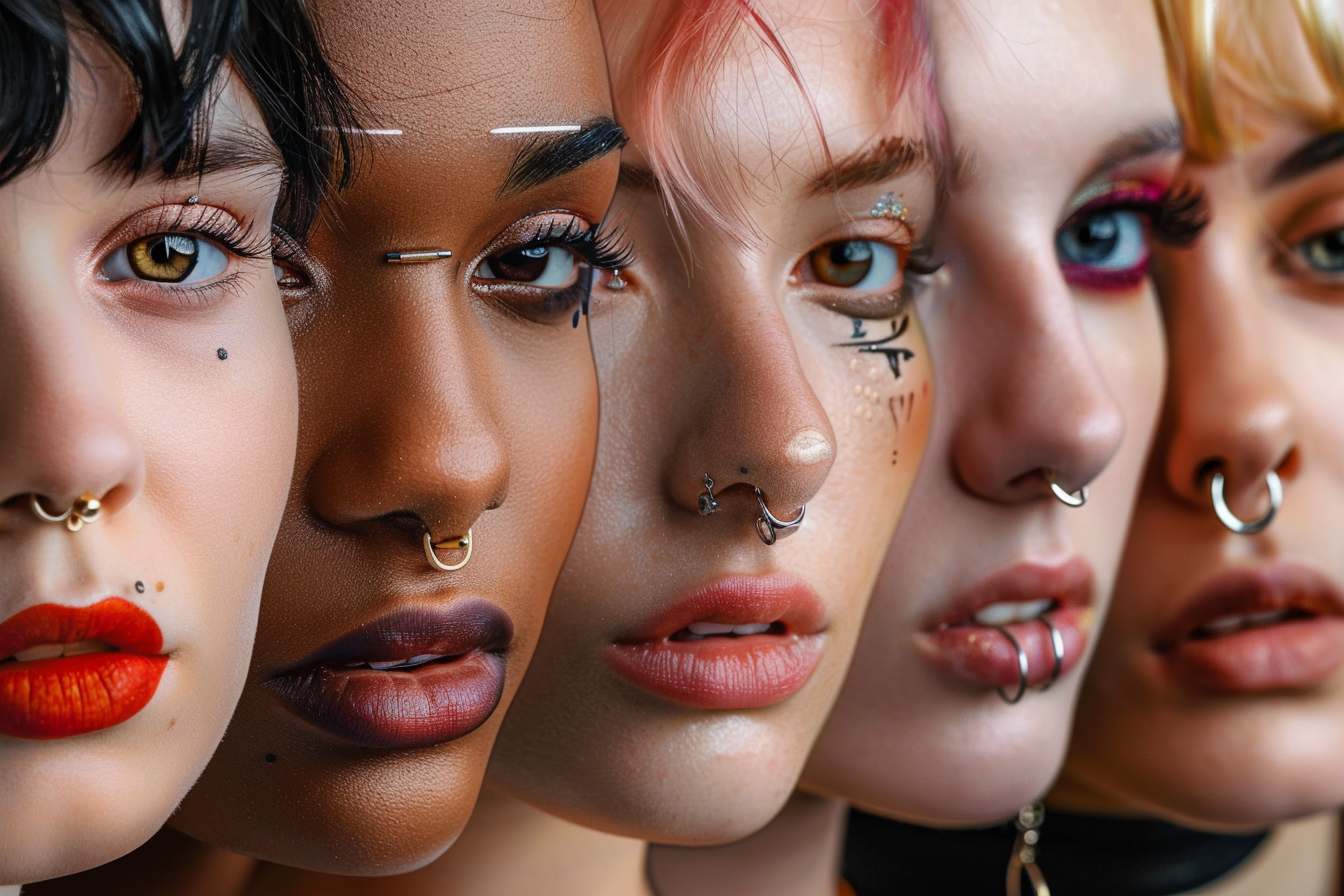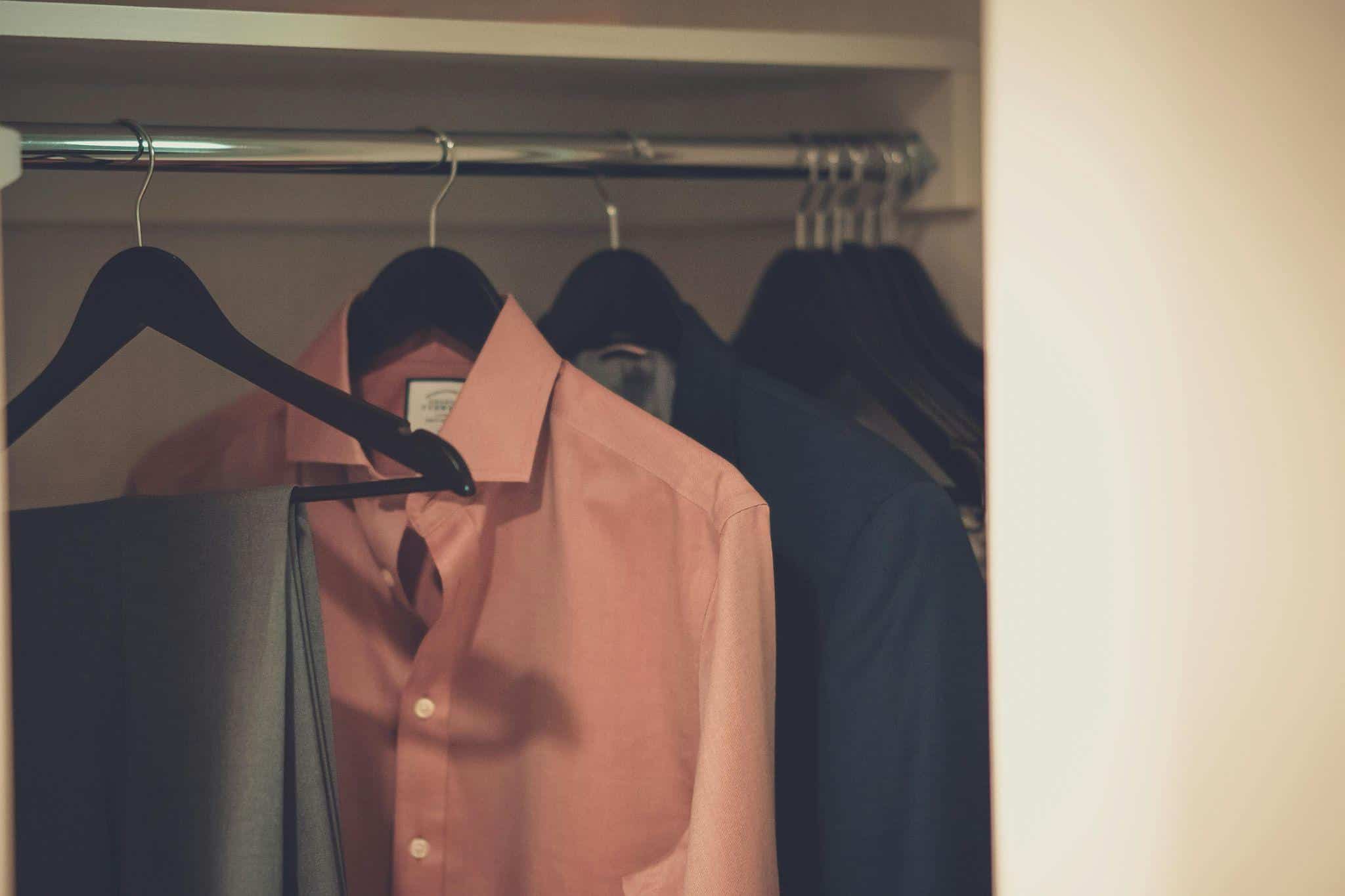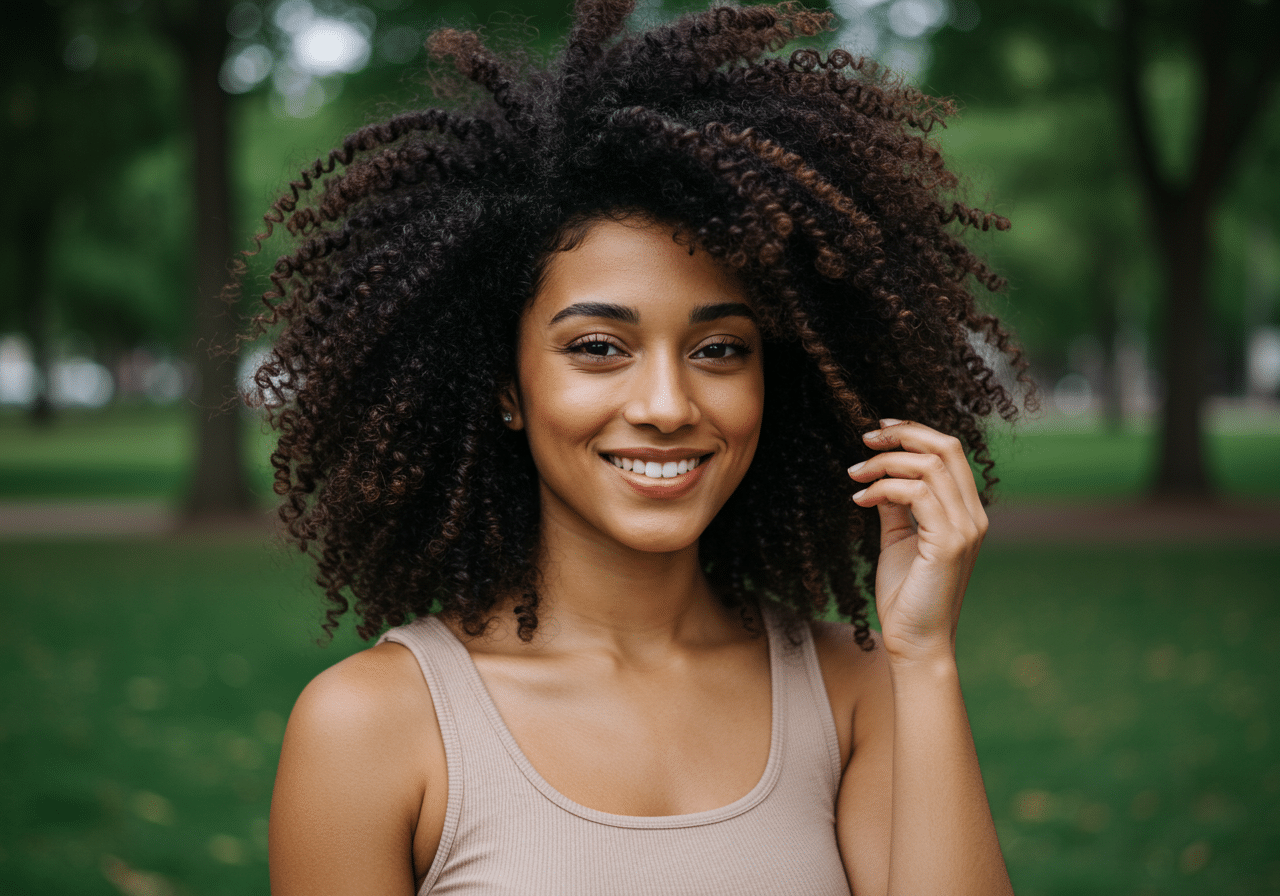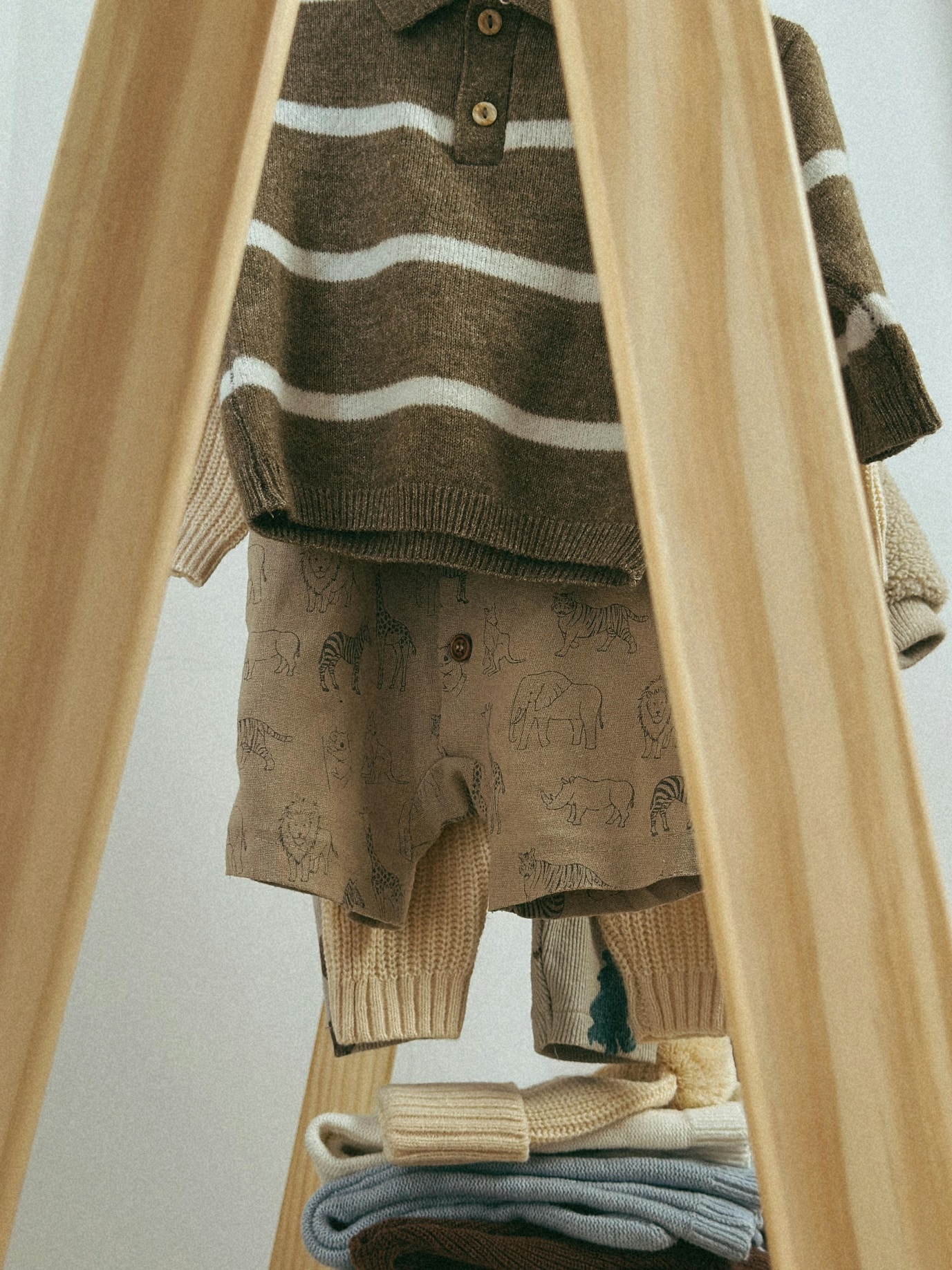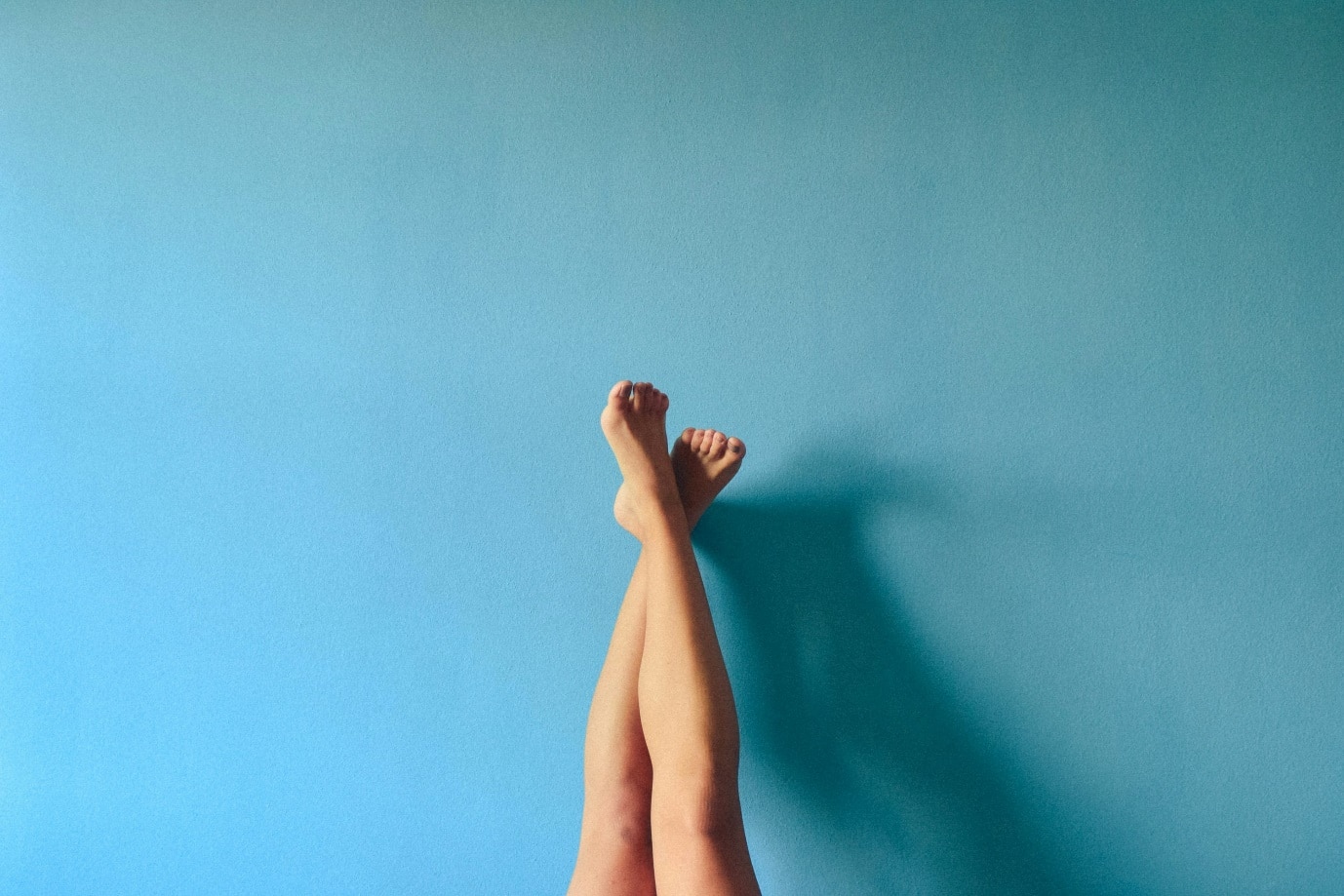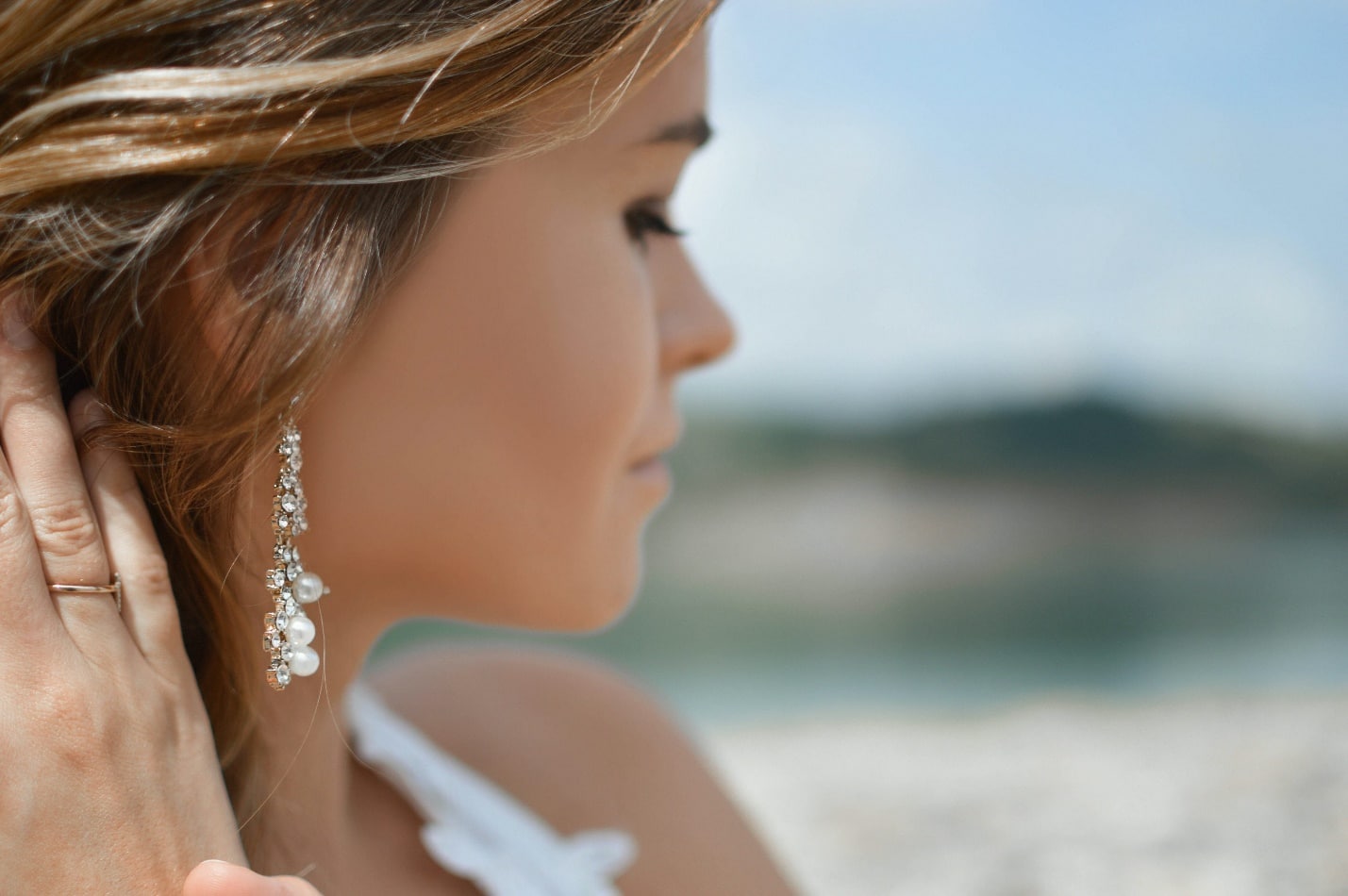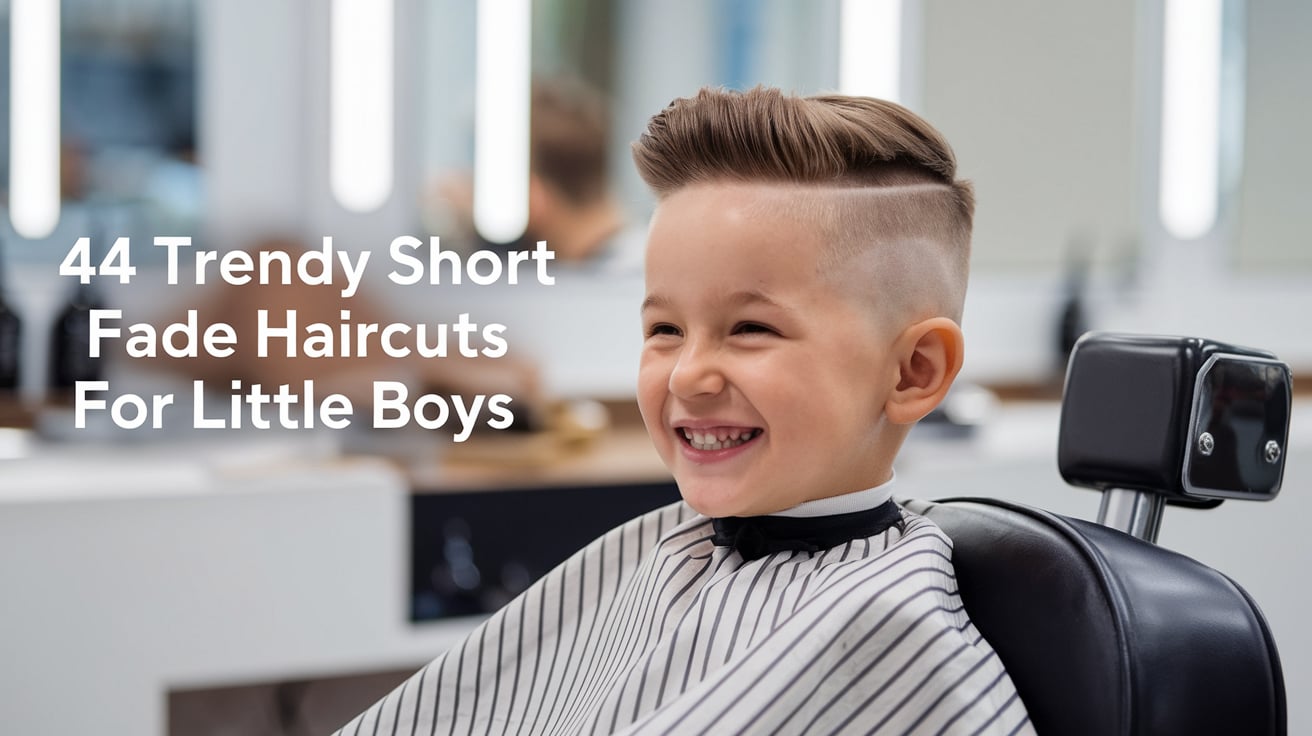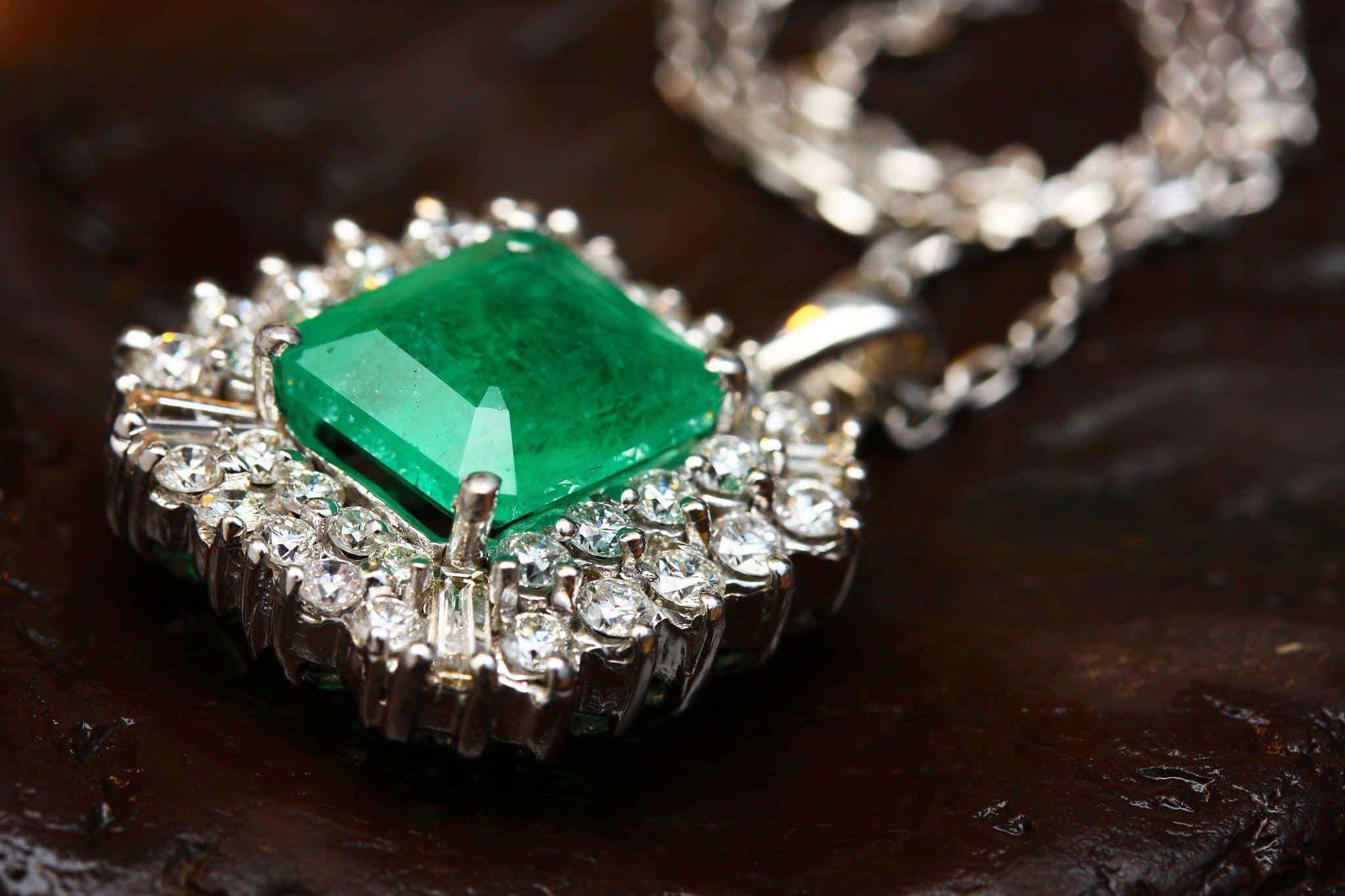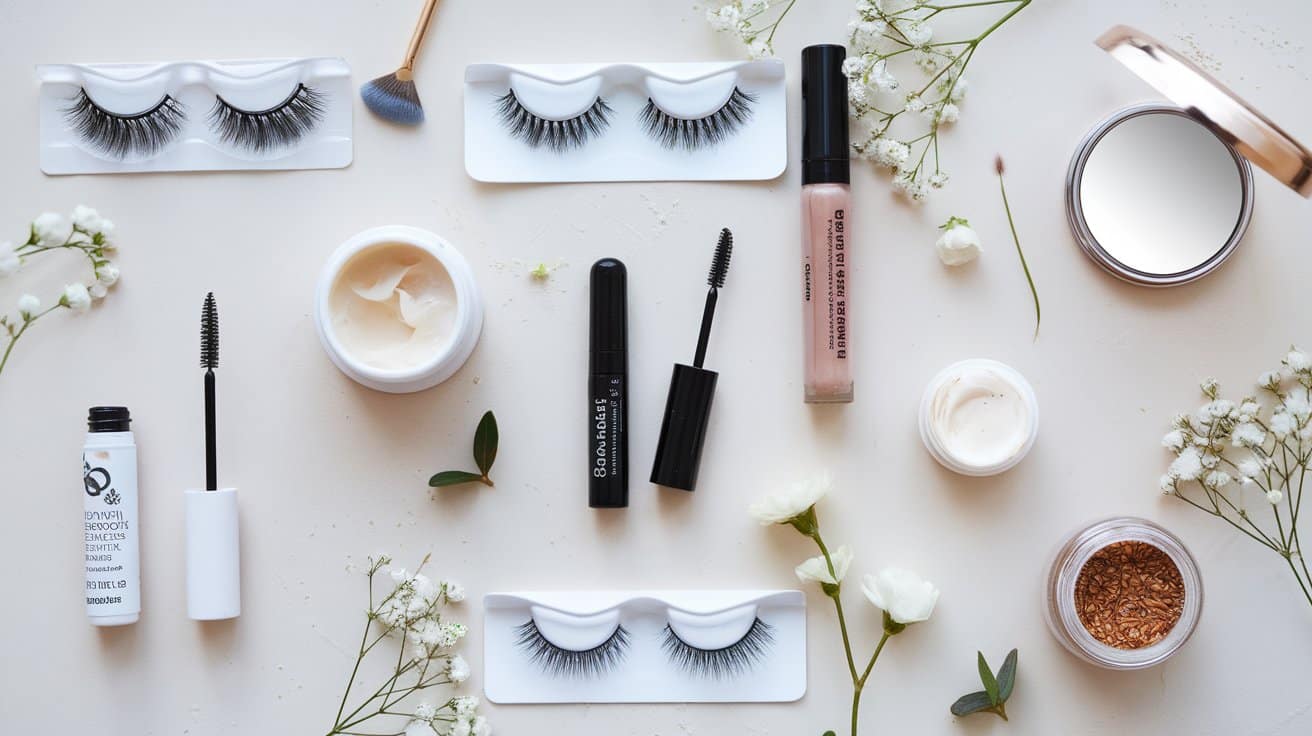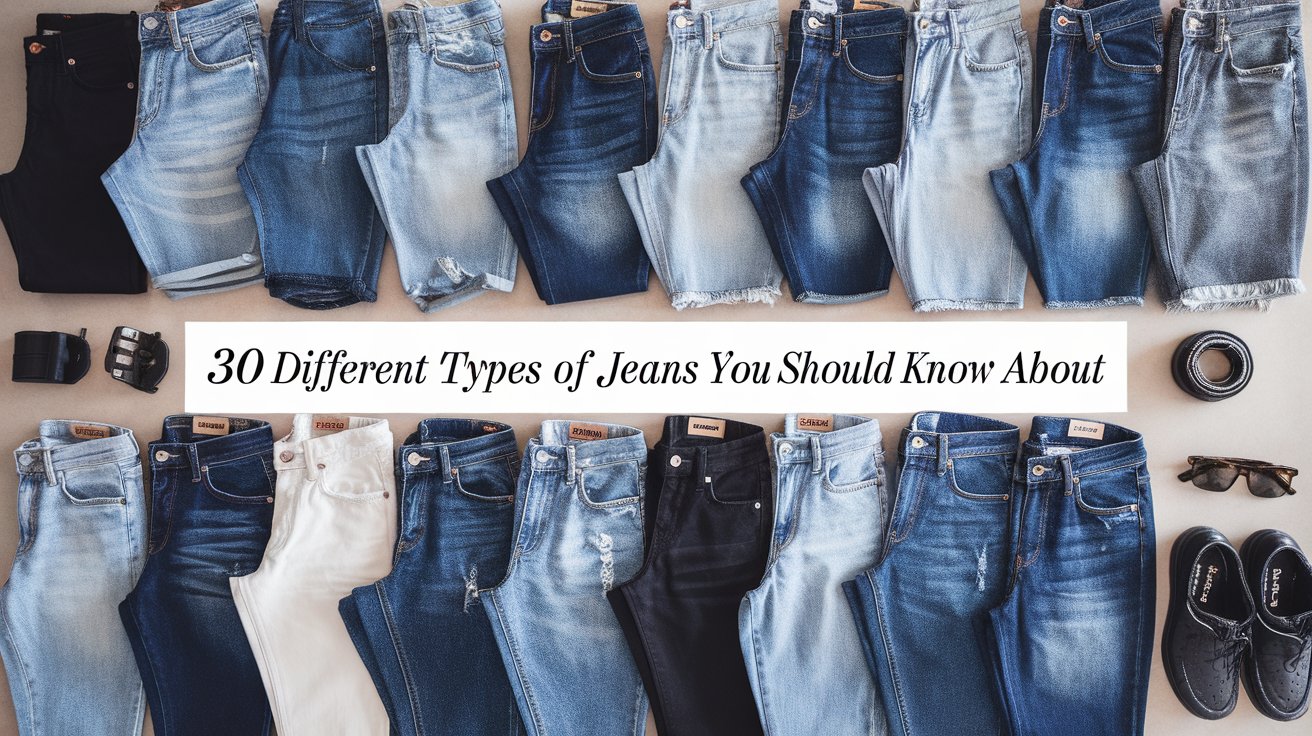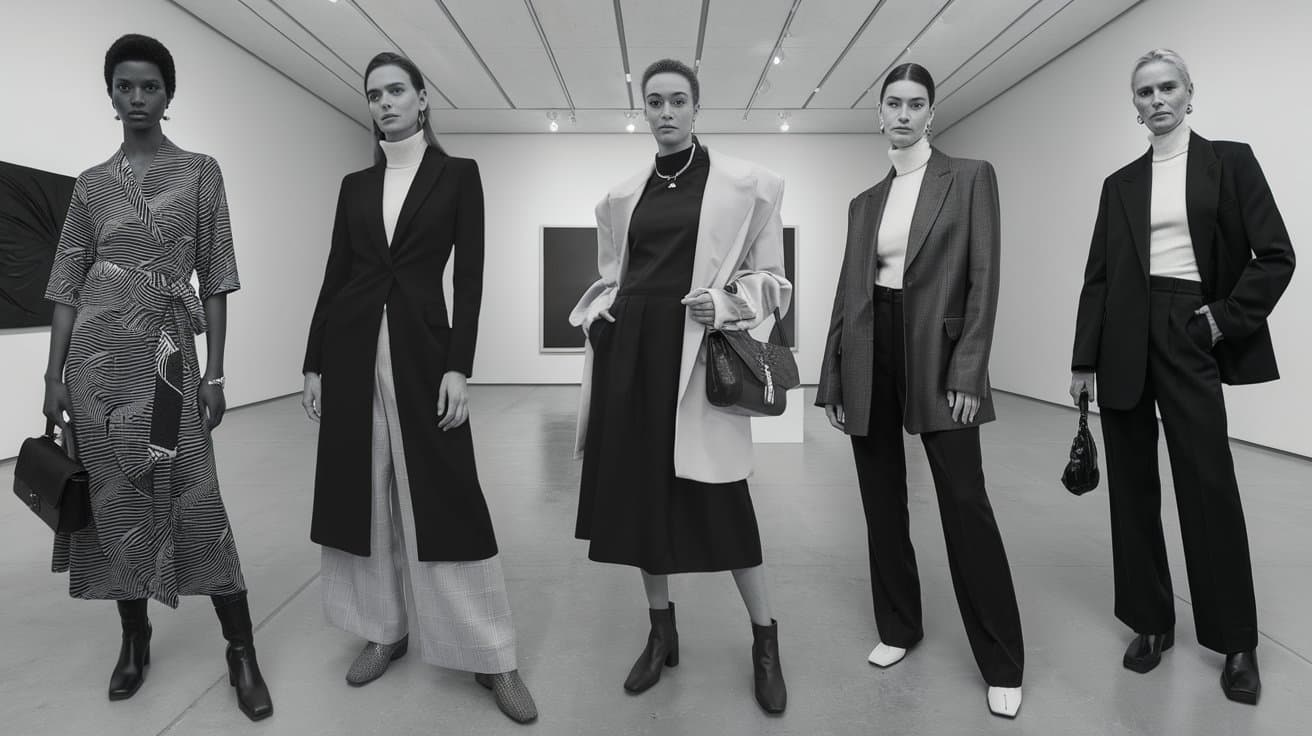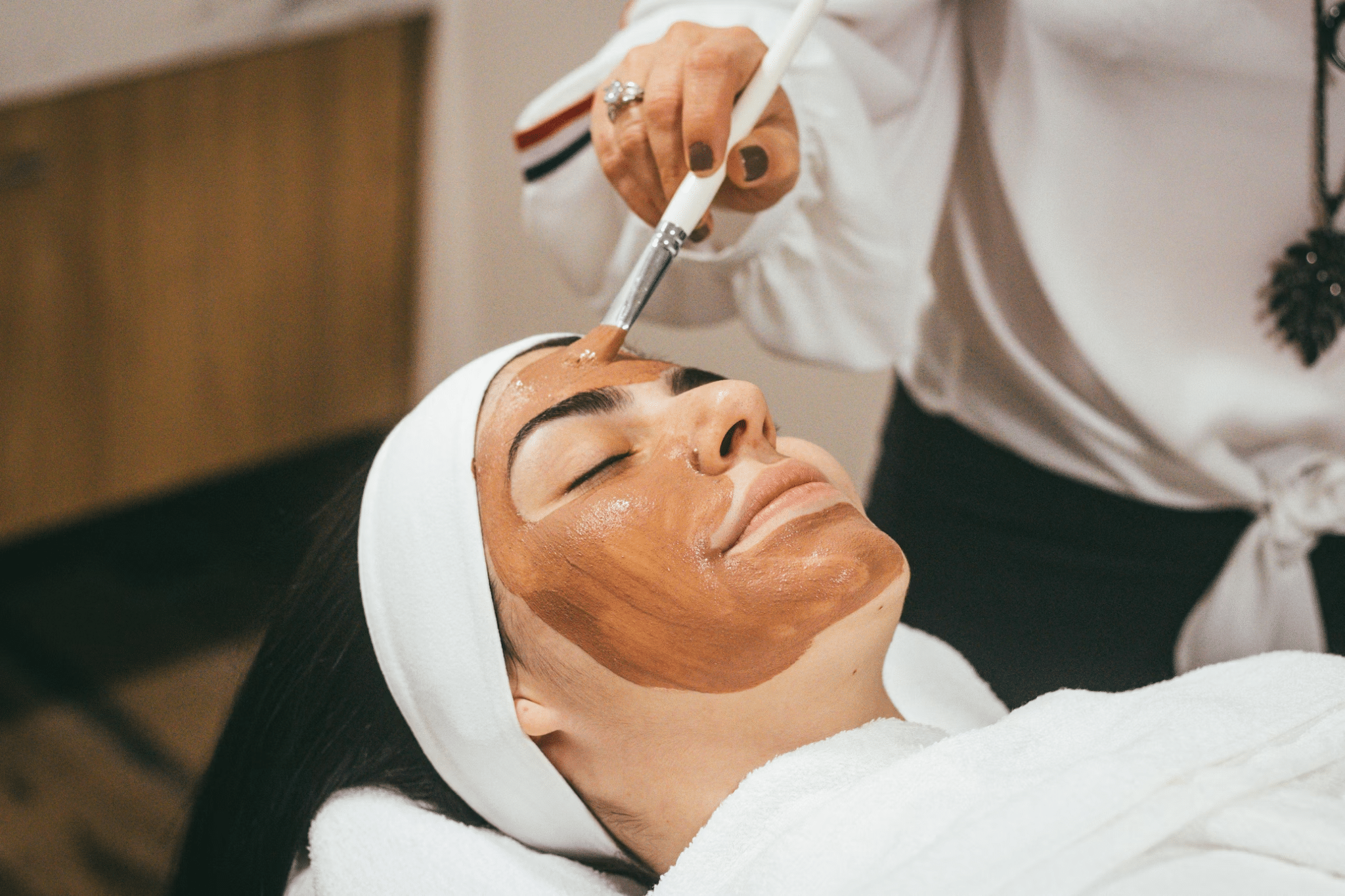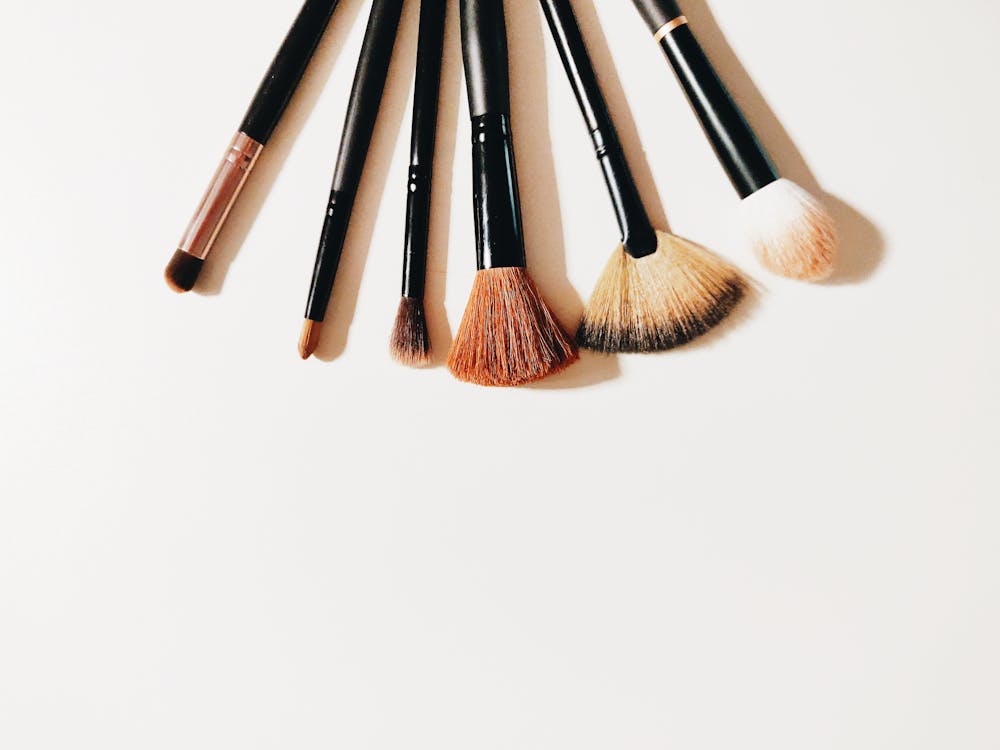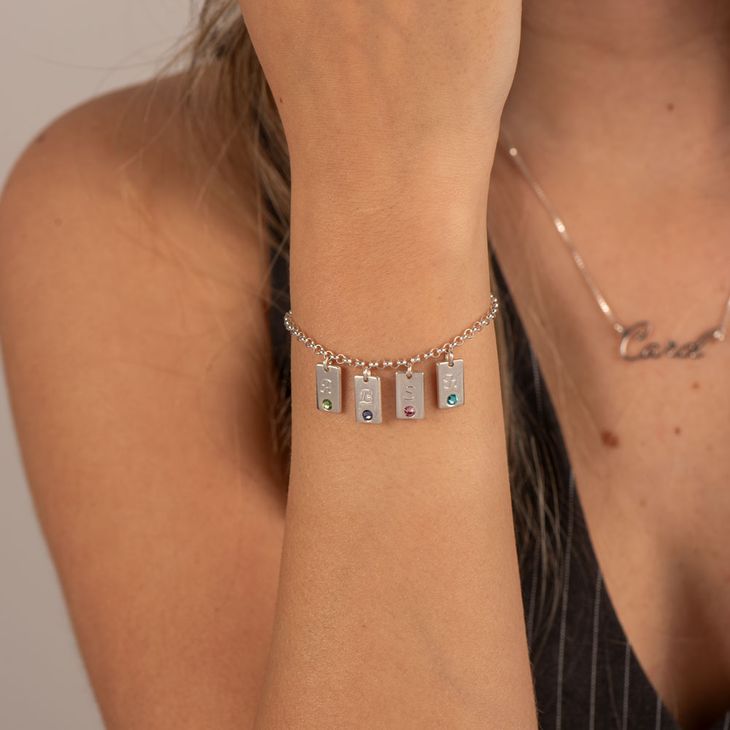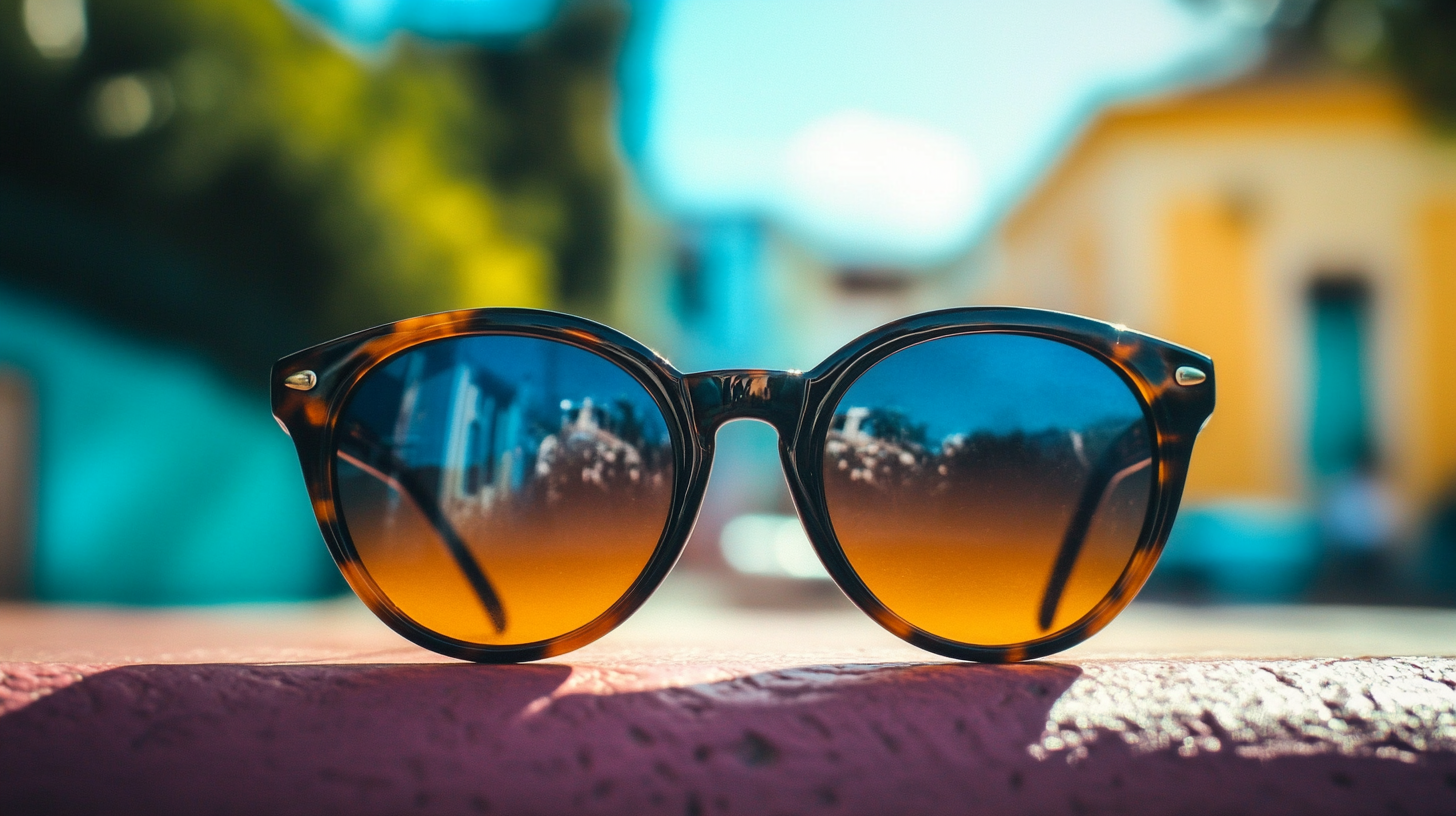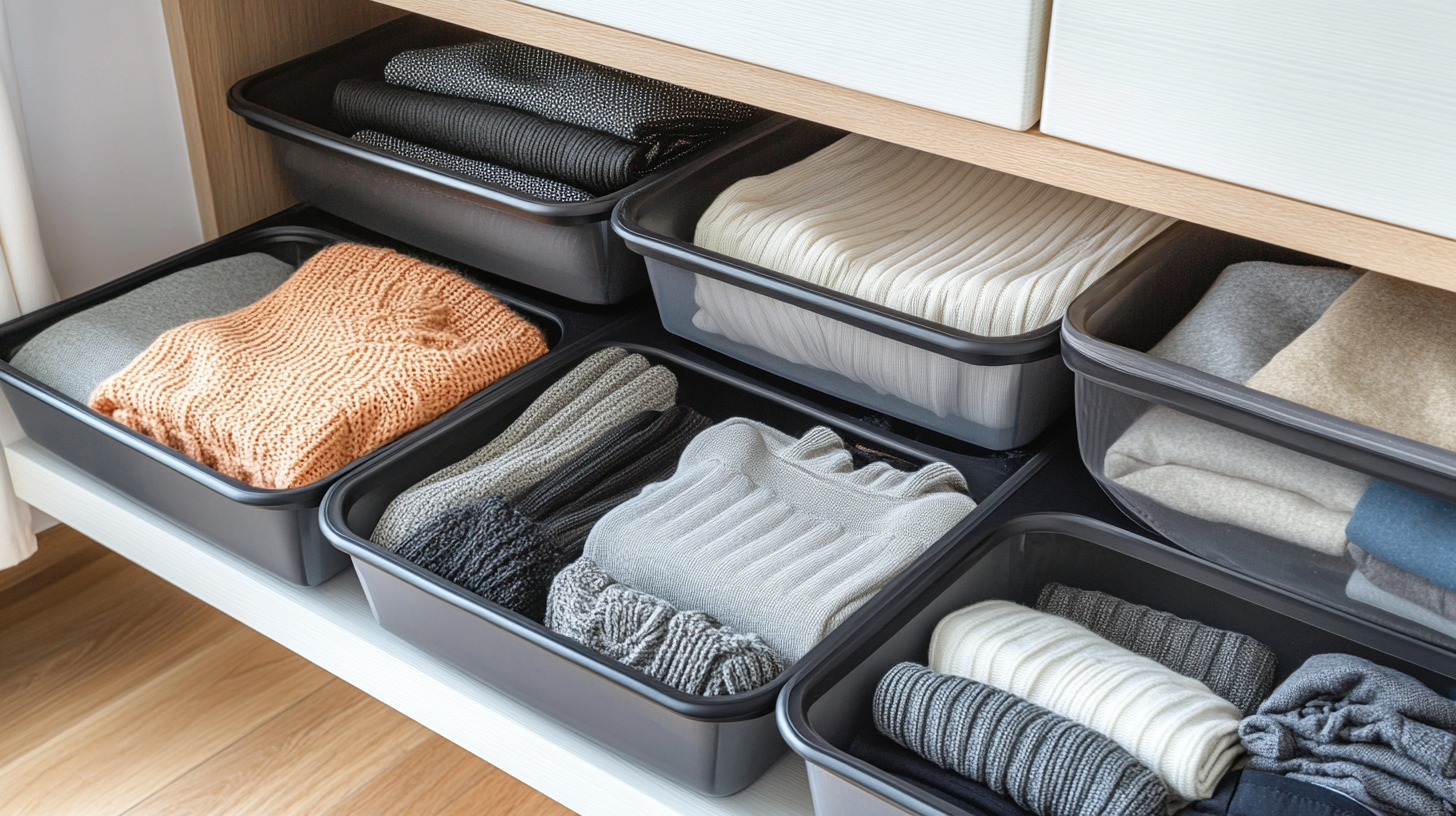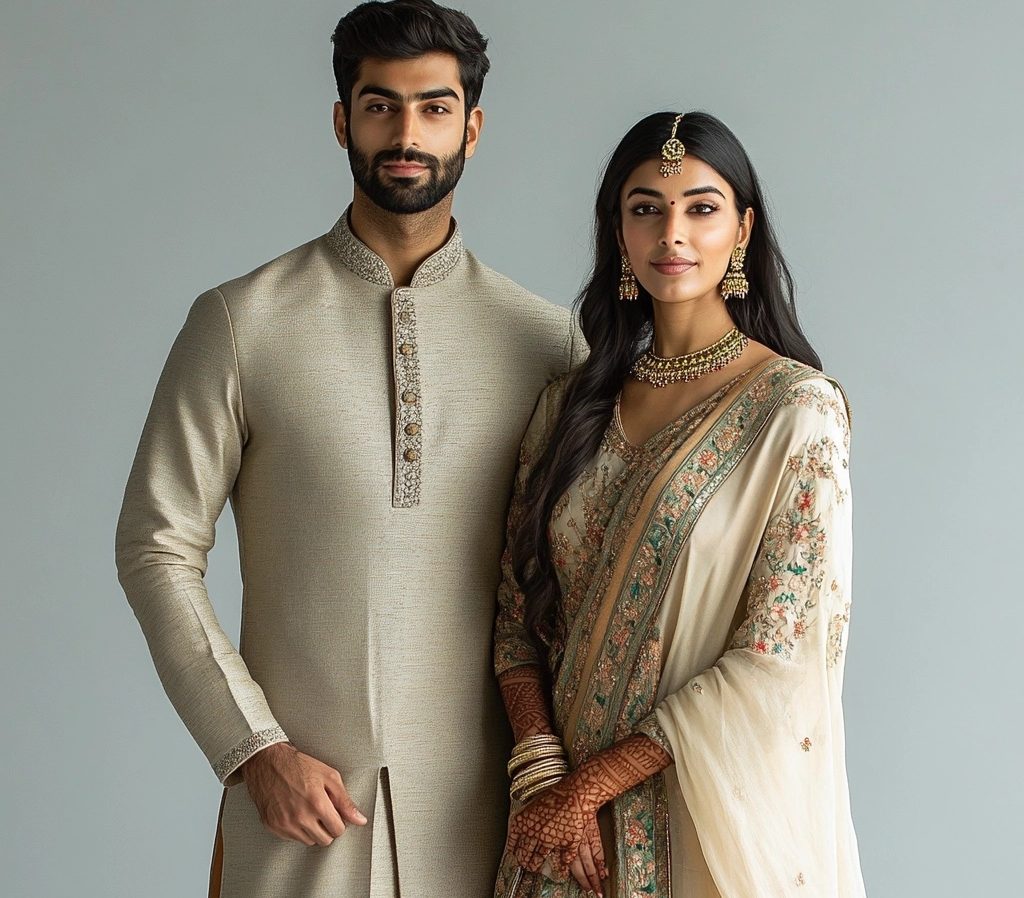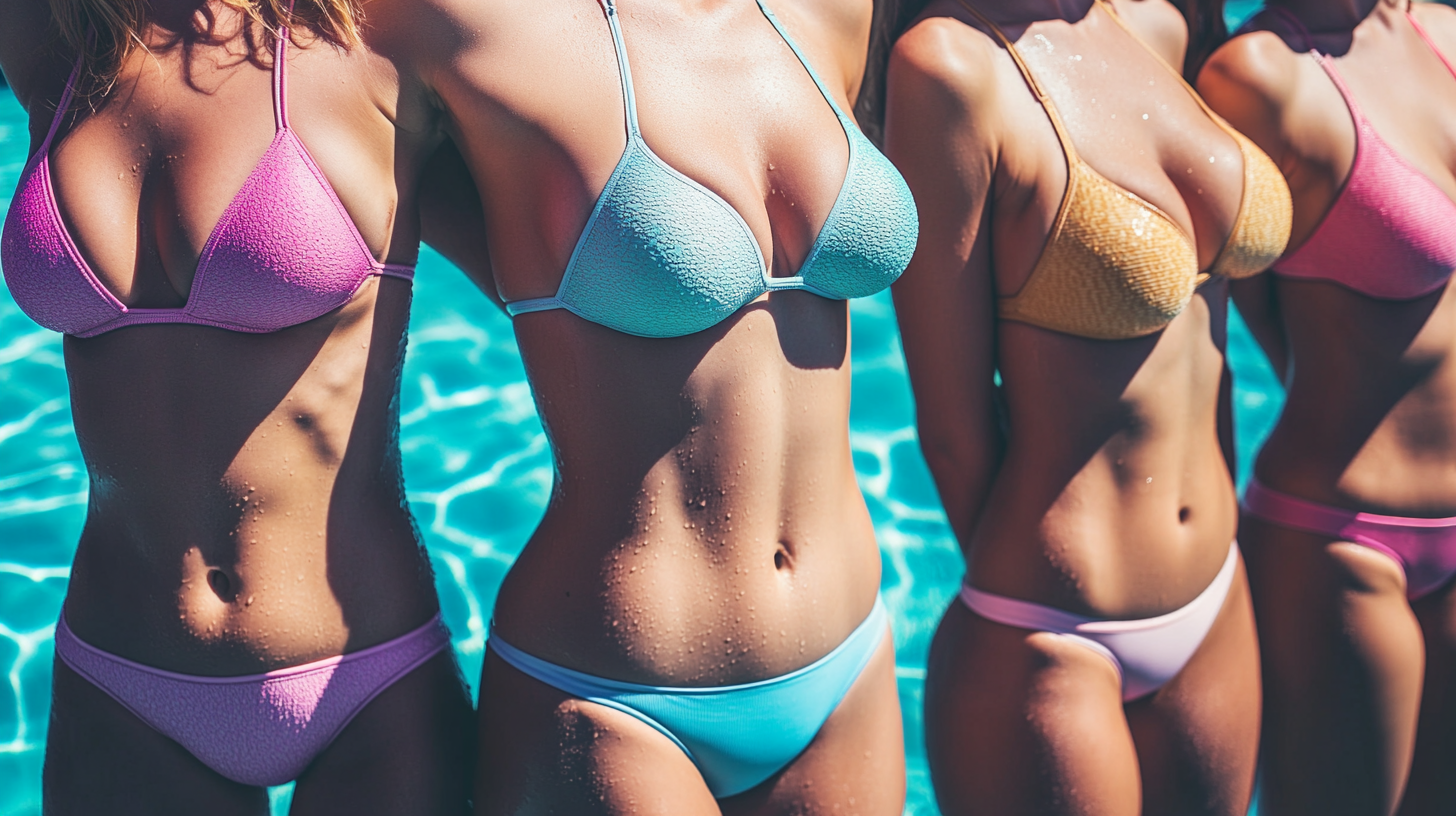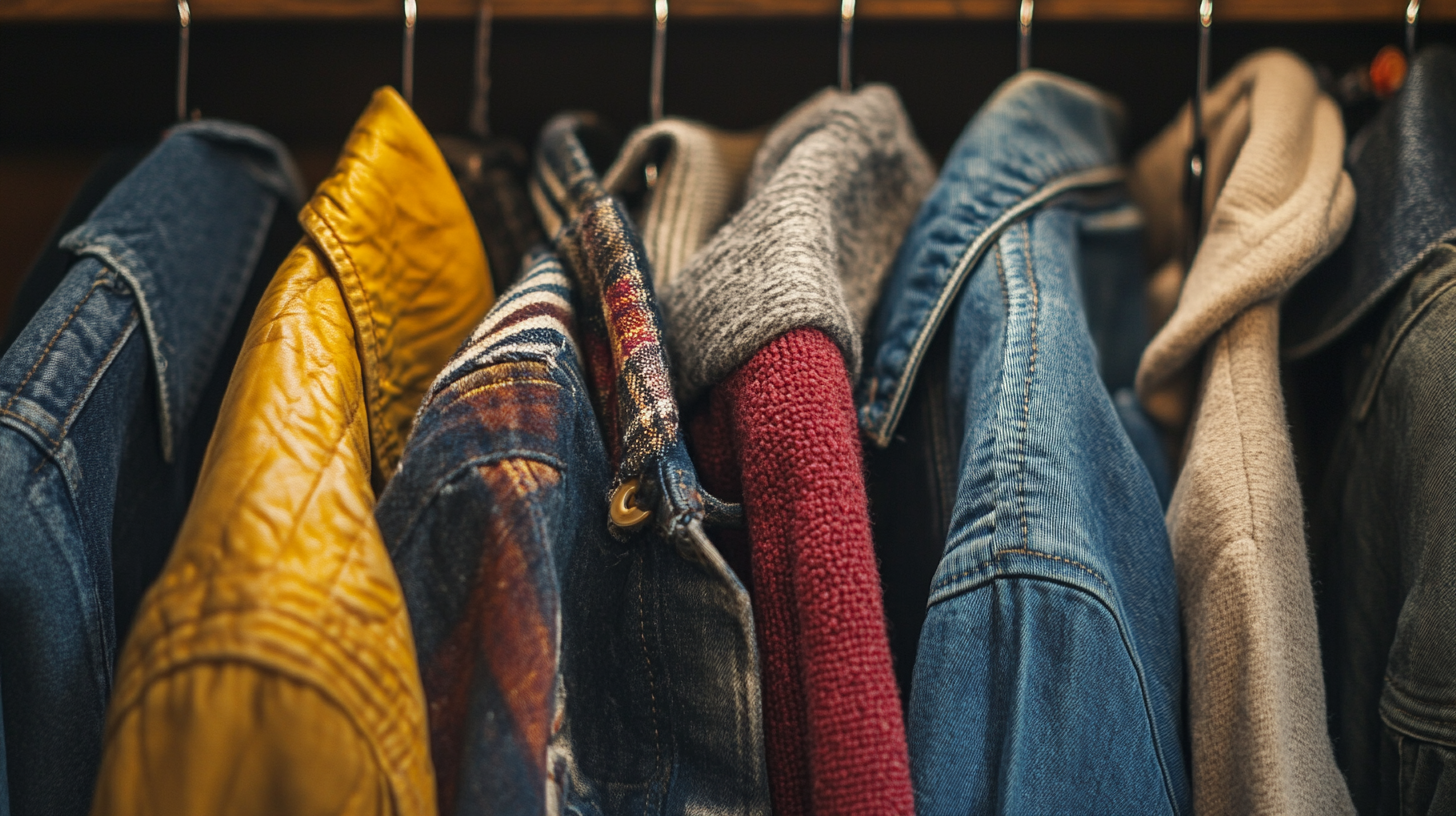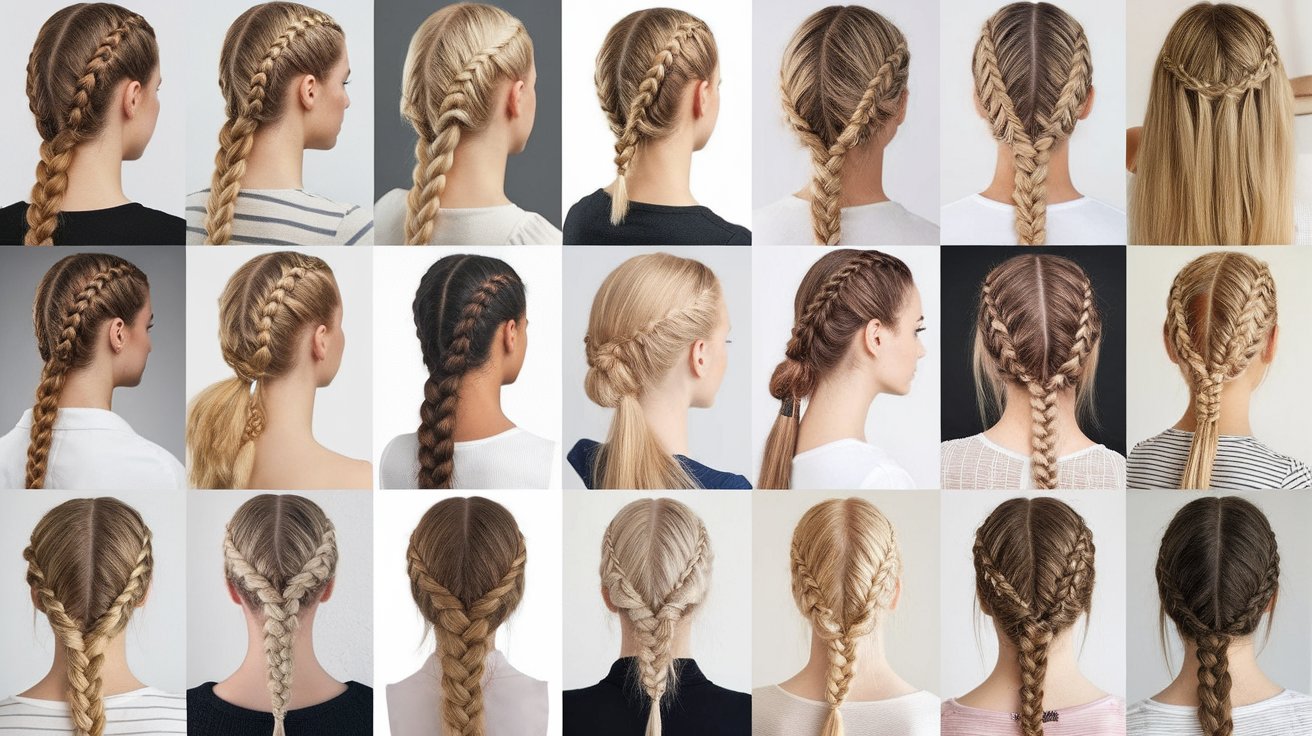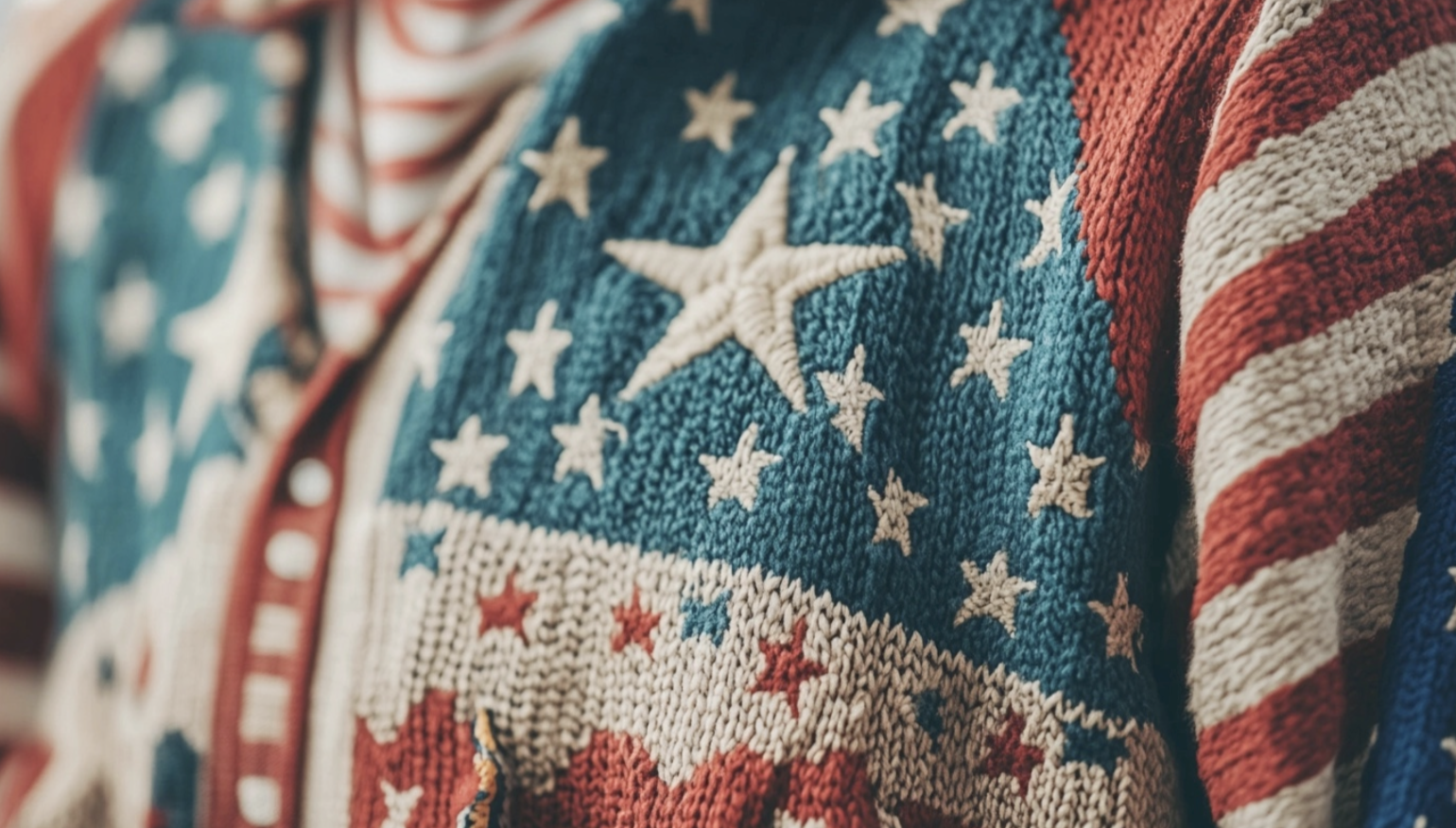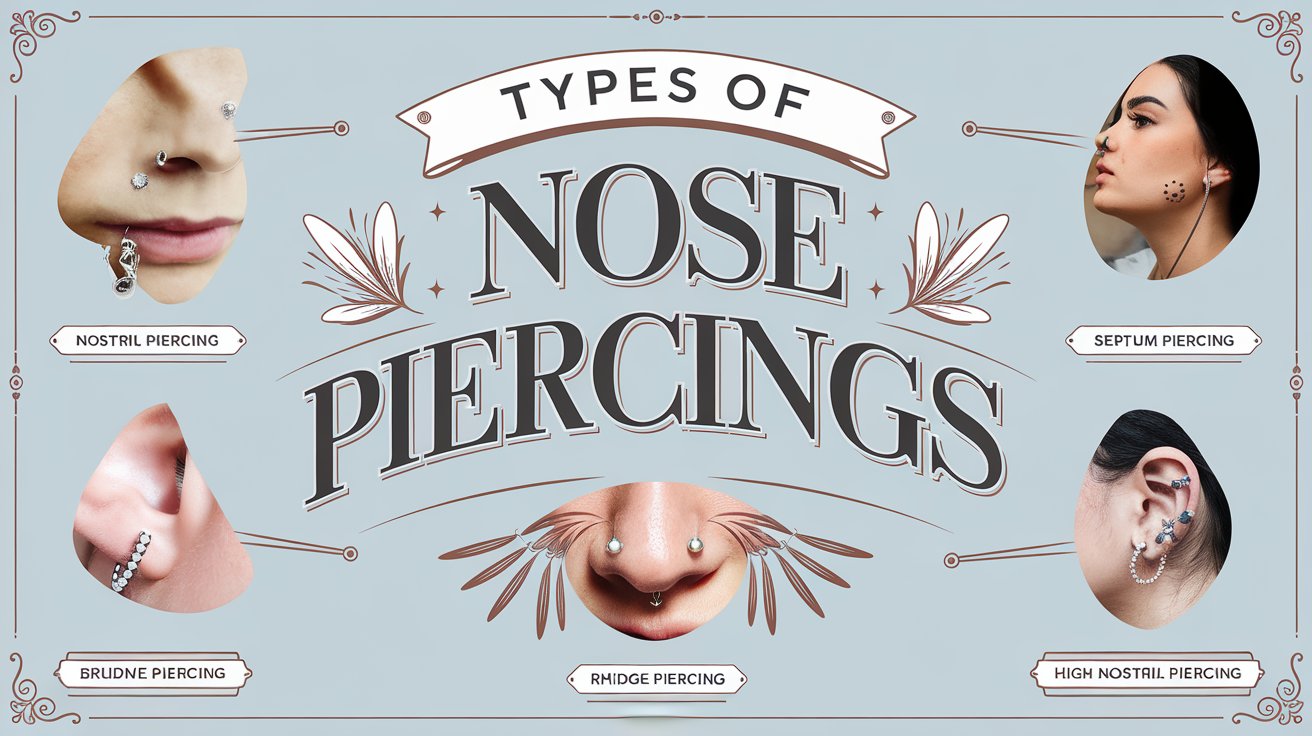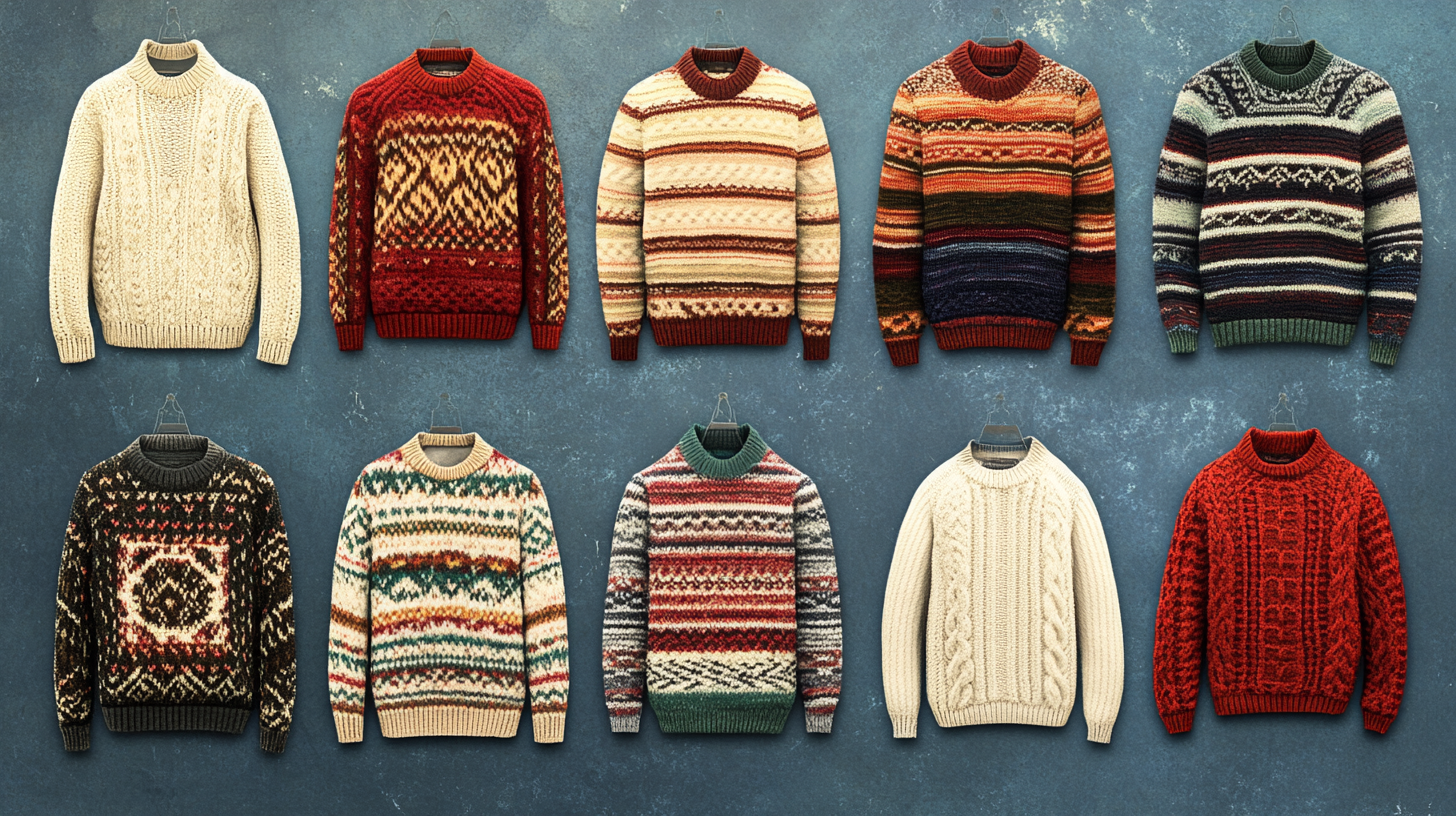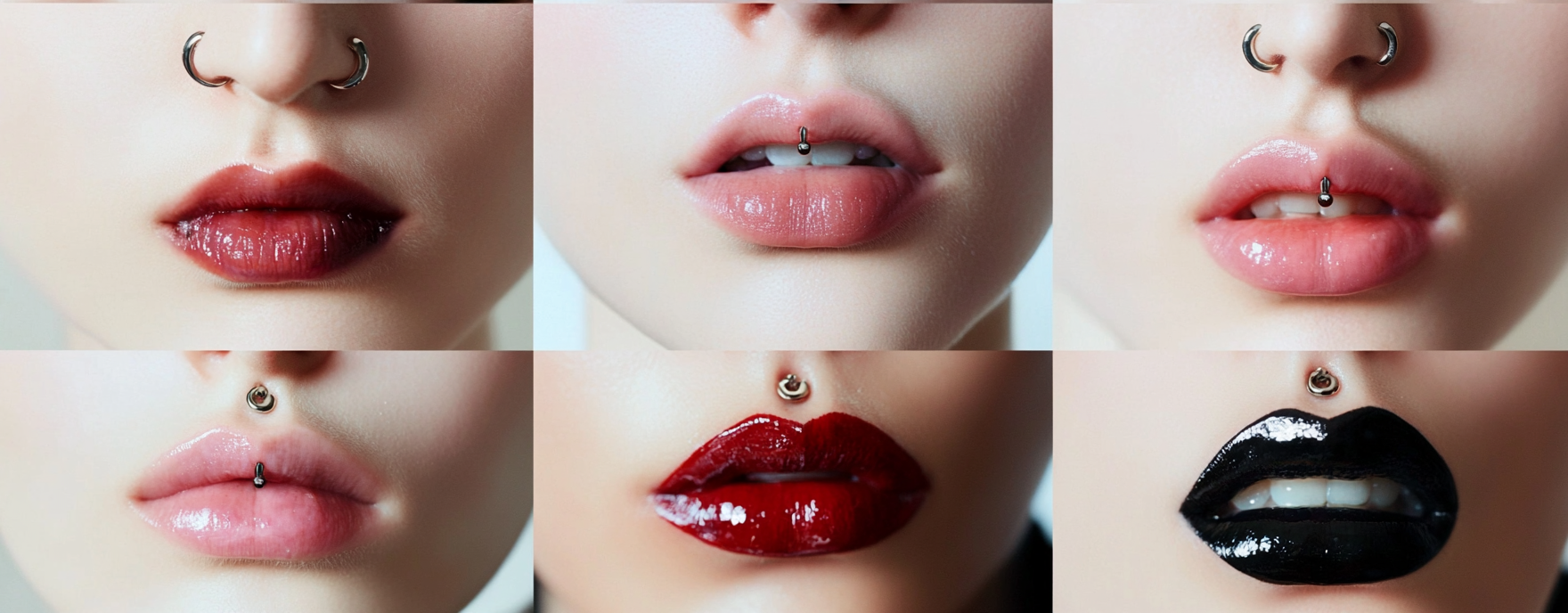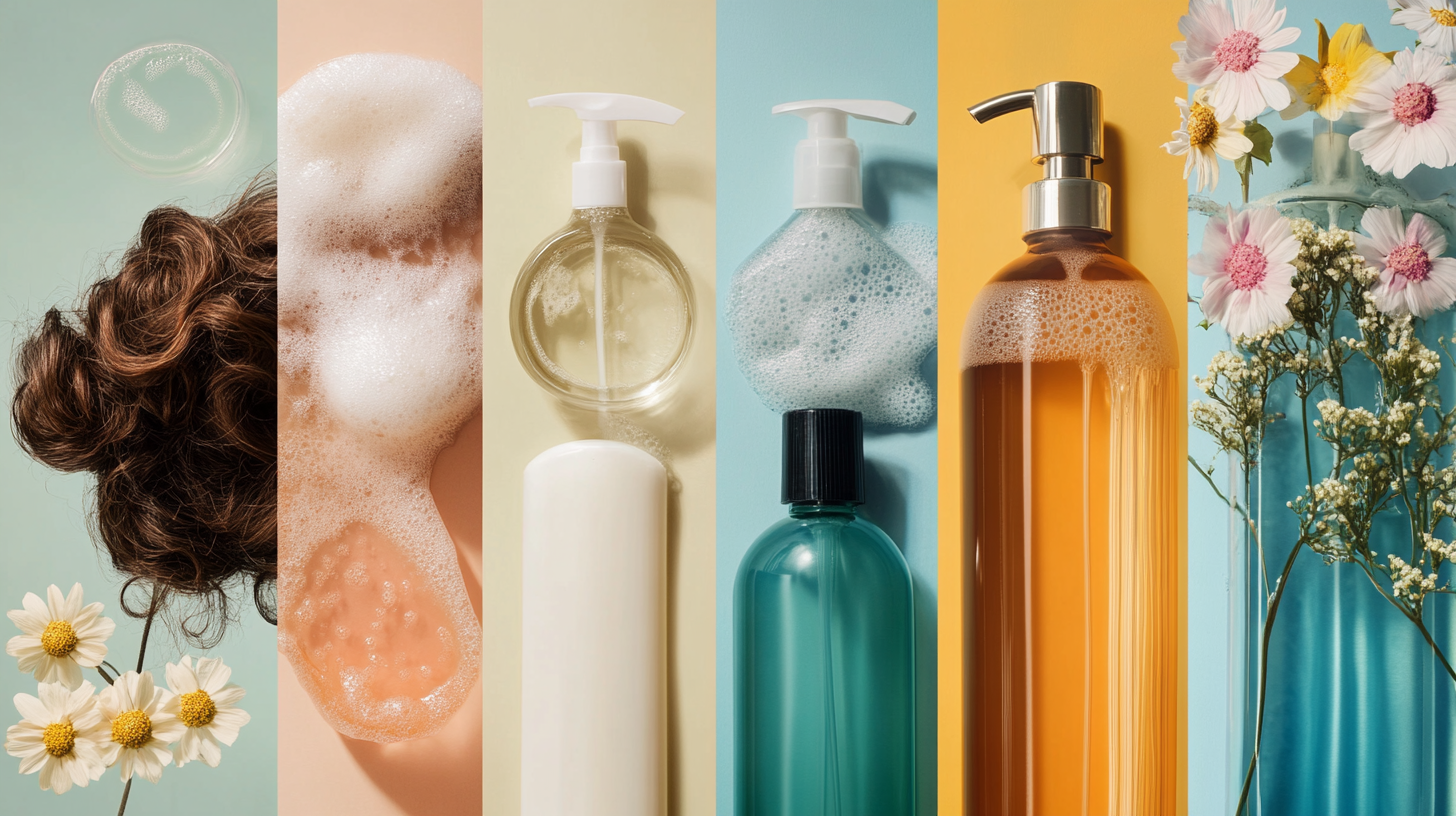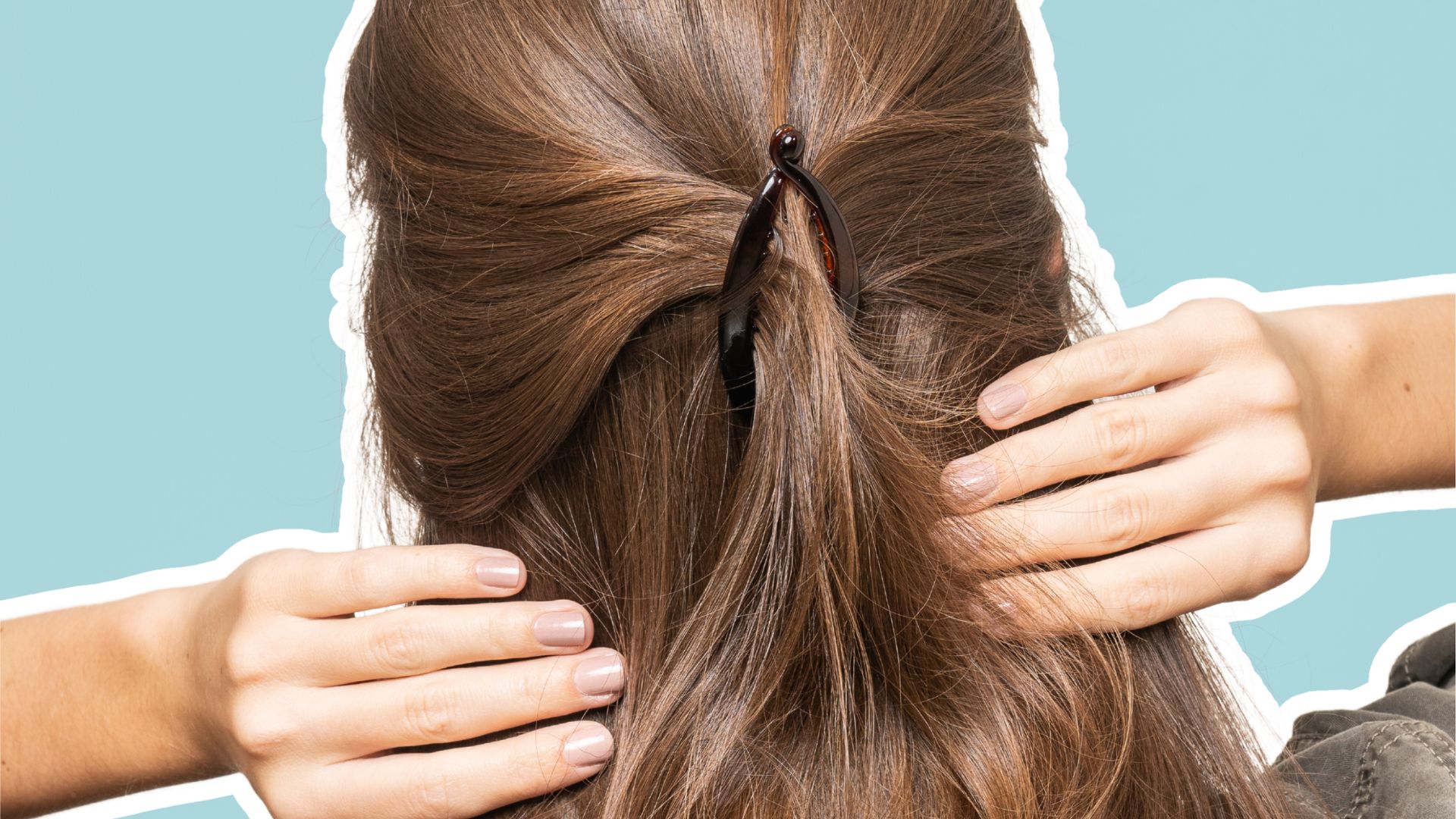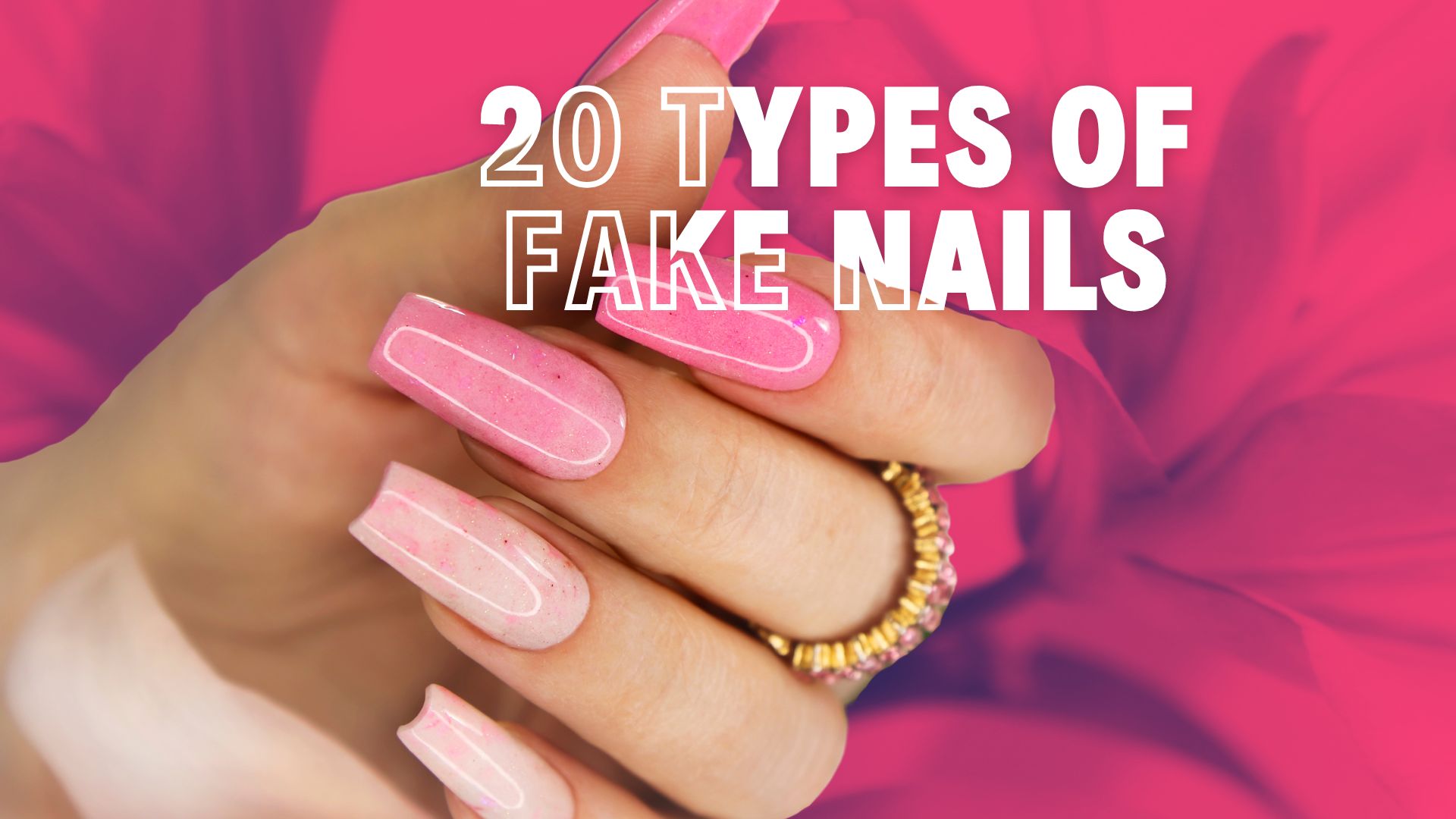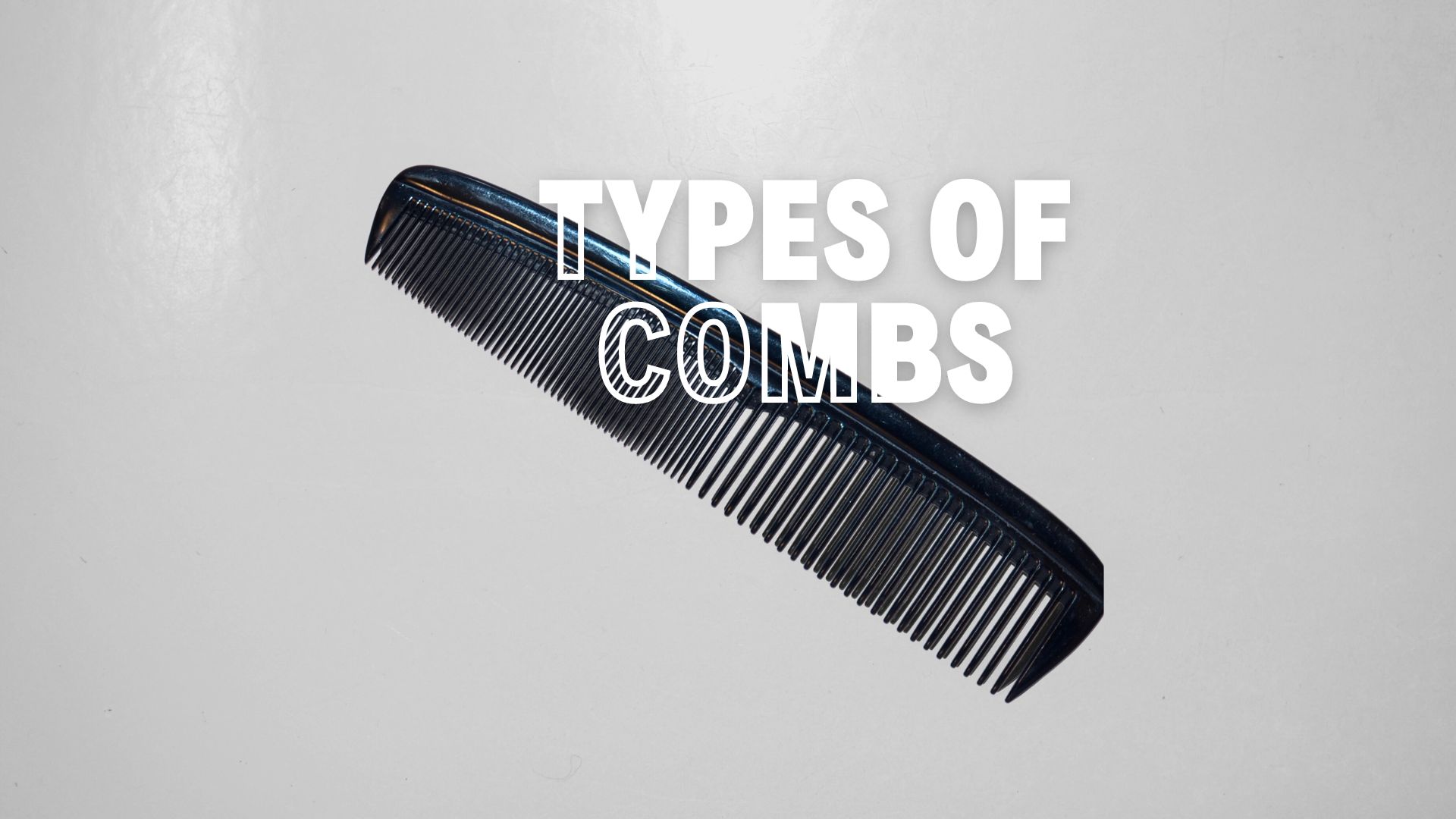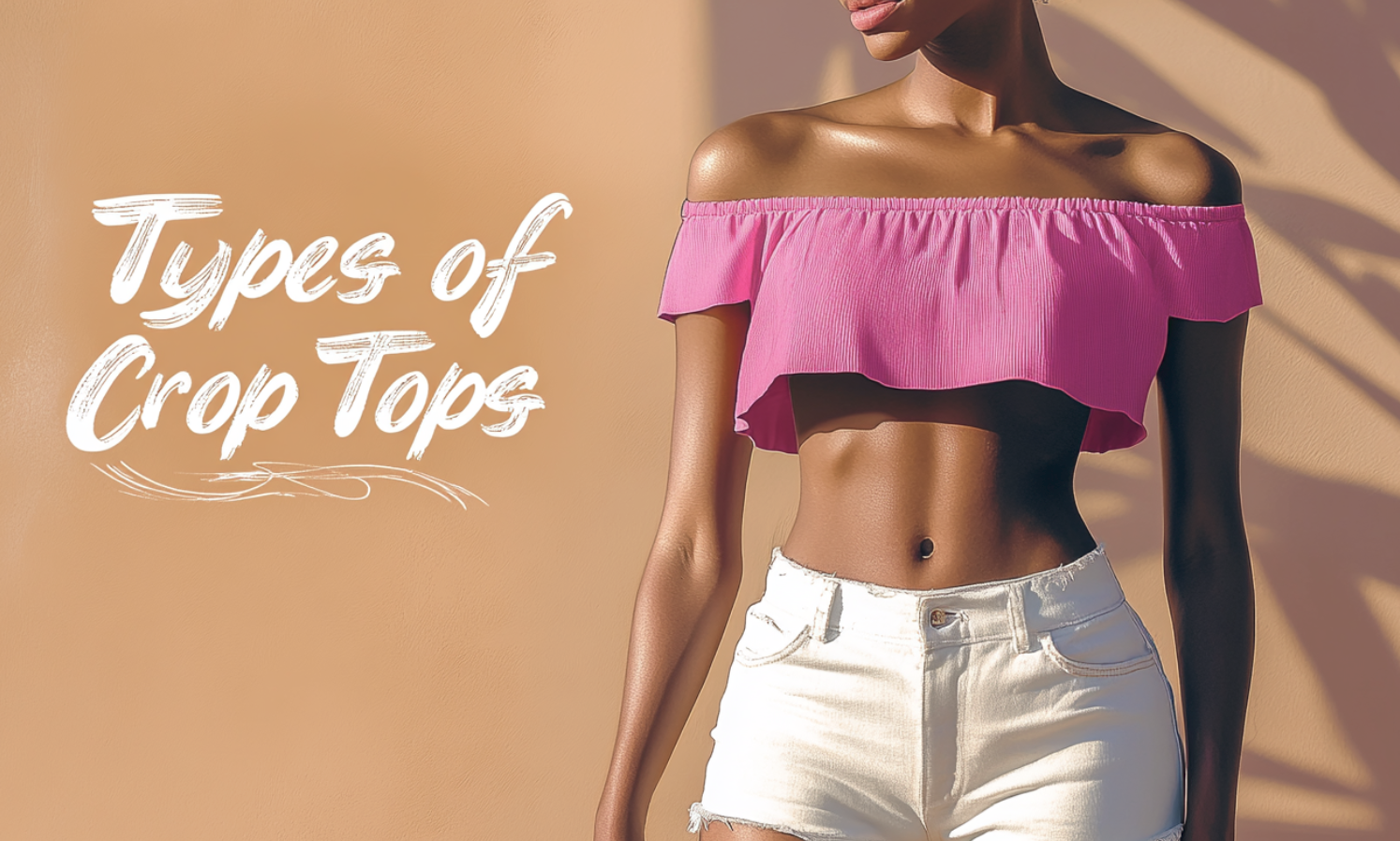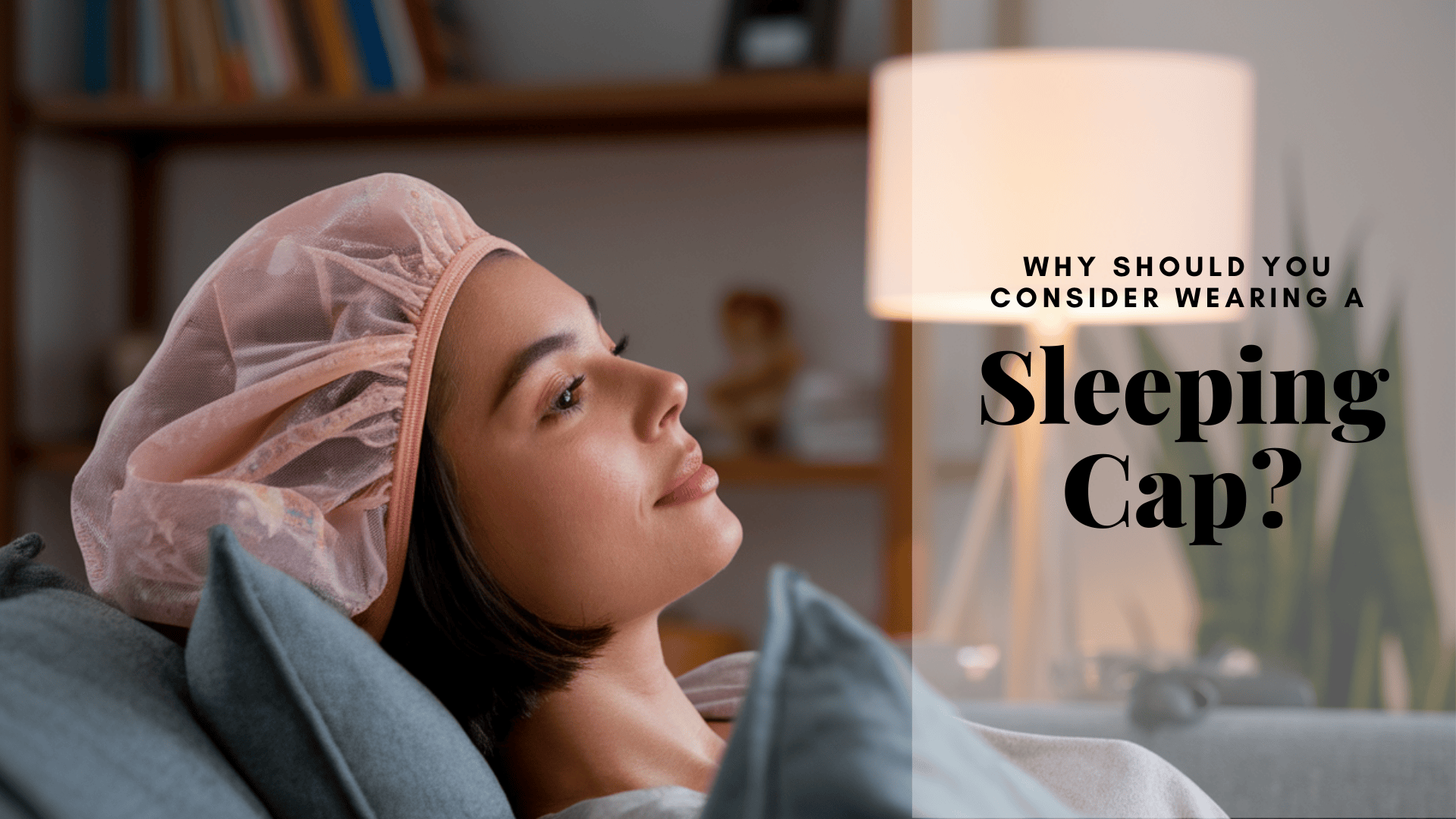
Have you ever woken up with a bird’s nest on your head? Or spent ages styling your hair only to have it ruined overnight? A sleeping cap might be the solution you never knew you needed.
These simple head coverings have been around for centuries, but they’re making a comeback for good reason.
Sleep caps offer benefits for nearly everyone, whether you’re preserving a blowout, protecting curls, preventing tangles, or keeping your scalp comfortable during hair loss.
This small addition to your nighttime routine can make a significant difference in your hair’s health and appearance.
What is a Sleep Cap?
A sleep cap is exactly what it sounds like – a comfortable covering for your head while you sleep. They’re typically made from soft, smooth fabrics like satin, silk, or breathable cotton.
While they might seem old-fashioned (think Ebenezer Scrooge or your grandma), modern sleep caps come in stylish designs that are both functional and comfortable.
Why You’d Love to Wear a Sleep Cap?
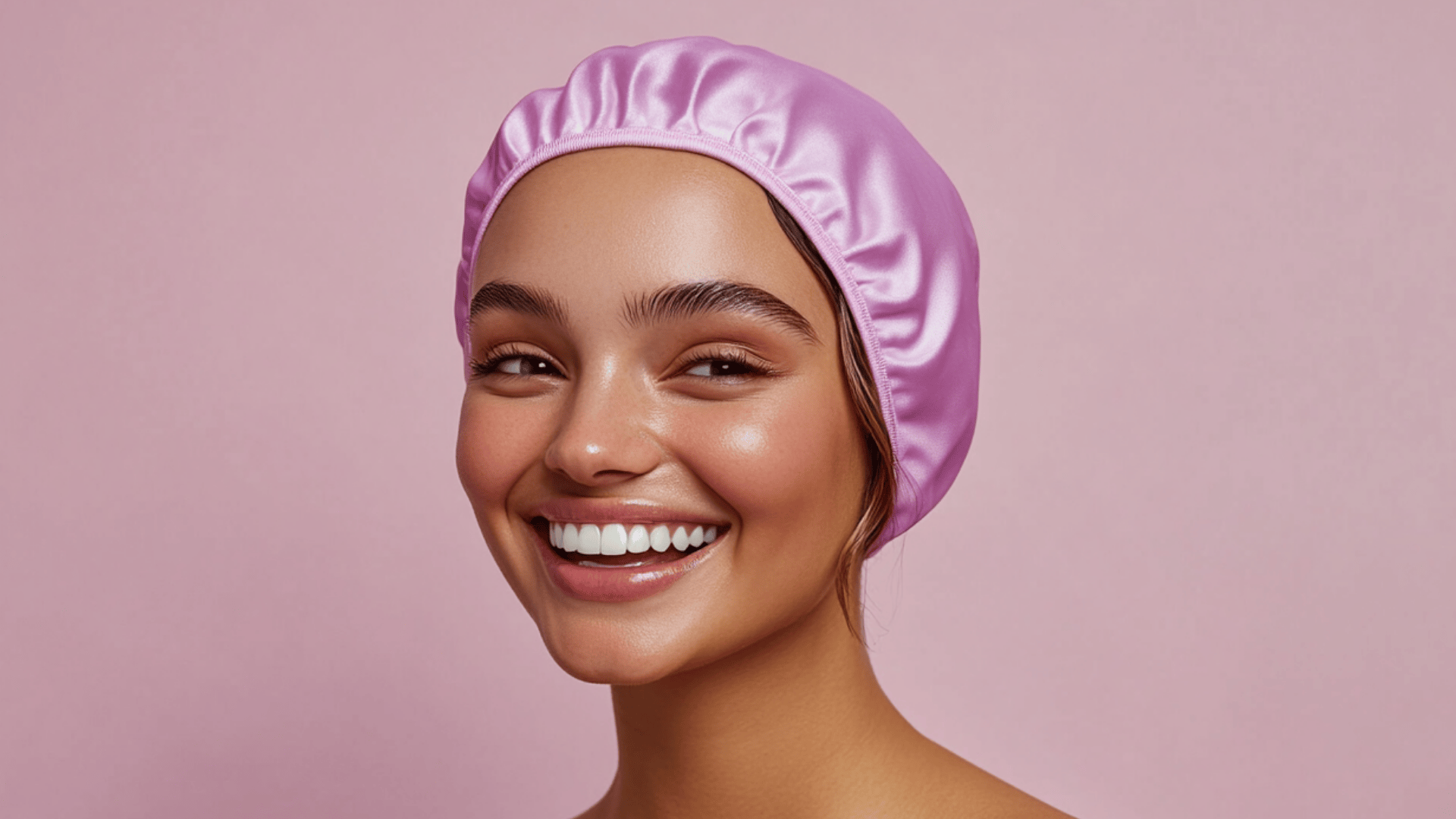
Anyone with curly, coily, or textured hair will see immediate benefits in reduced frizz and maintained styles. But straight and fine-haired folks shouldn’t count themselves out – they can benefit from reduced breakage and tangles, too.
Those experiencing hair loss will appreciate the comfort and protection, and even DIY enthusiasts might enjoy making their custom caps.
1. Sleep Cap Reduces Friction
When hair rubs against cotton pillowcases all night, tiny tears in the hair shaft lead to split ends and breakage over time. A sleep cap’s smooth surface eliminates this friction, helping to keep hair intact and healthy.
2. Sleep Cap Helps in Maintaining the Hairstyle
If you’ve spent time and money on a blowout, braids, or defining your curls, a sleep cap helps preserve that work. Curly-haired folks will particularly appreciate how a sleep cap can help maintain curl definition and reduce frizz.
3. Sleep Cap Keeps Your Hair Hydrated
Your scalp produces natural oils that are meant to condition and protect your hair. Unfortunately, cotton pillowcases can absorb these oils, leaving your hair dry and brittle. A sleep cap helps retain these natural oils and any moisturizing products you apply before bed, keeping your hair hydrated.
4. Sleep Cap Protects a Sensitive Scalp
For those experiencing hair loss due to medical treatments, aging, or conditions like alopecia, a sleep cap offers both practical and emotional benefits. It provides warmth and protection for a sensitive scalp and can make nighttime more comfortable during a challenging time.
Understanding How Sleep Caps Work
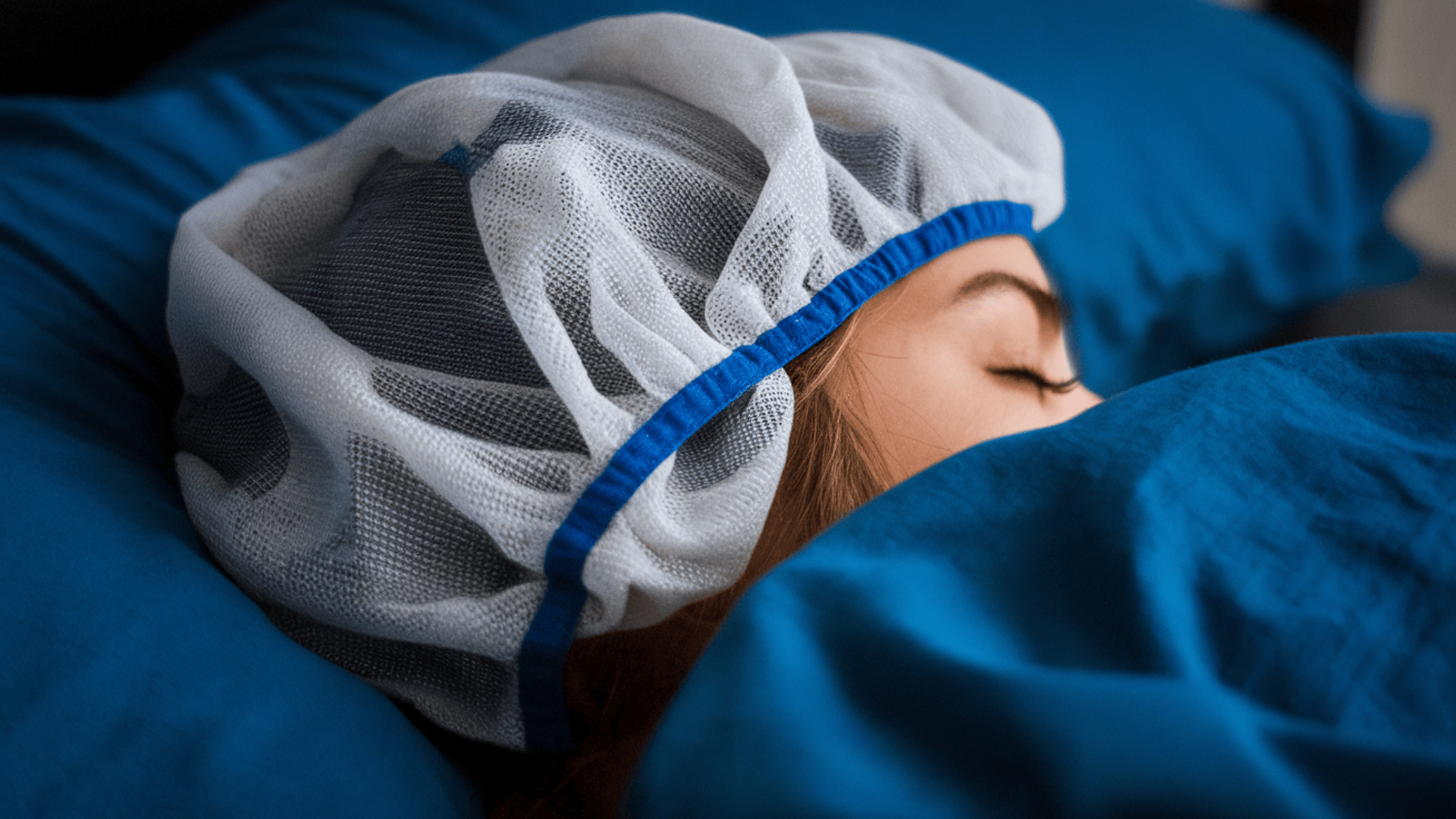
Have you ever wondered why your hair looks so different in the morning? The culprit might be your pillowcase. Cotton pillowcases are basically moisture vampires – they absorb the natural oils and any product you’ve applied to your hair.
This is where sleep caps come in. They create a protective barrier between your hair and your pillow. The magic lies in the fabric.
Silk and satin are the gold standards for sleep caps. The molecules in these fabrics are arranged so that hair can glide across them without catching or creating friction.
- Silk is a natural protein fiber that contains amino acids which can actually benefit your hair. It’s extremely smooth and naturally temperature-regulating, but it tends to be more expensive and requires special care when washing.
- Satin, on the other hand, is typically made from polyester that’s woven to create a silk-like surface. It’s more affordable, easier to care for, and still provides excellent friction reduction.
Types of Sleep Caps
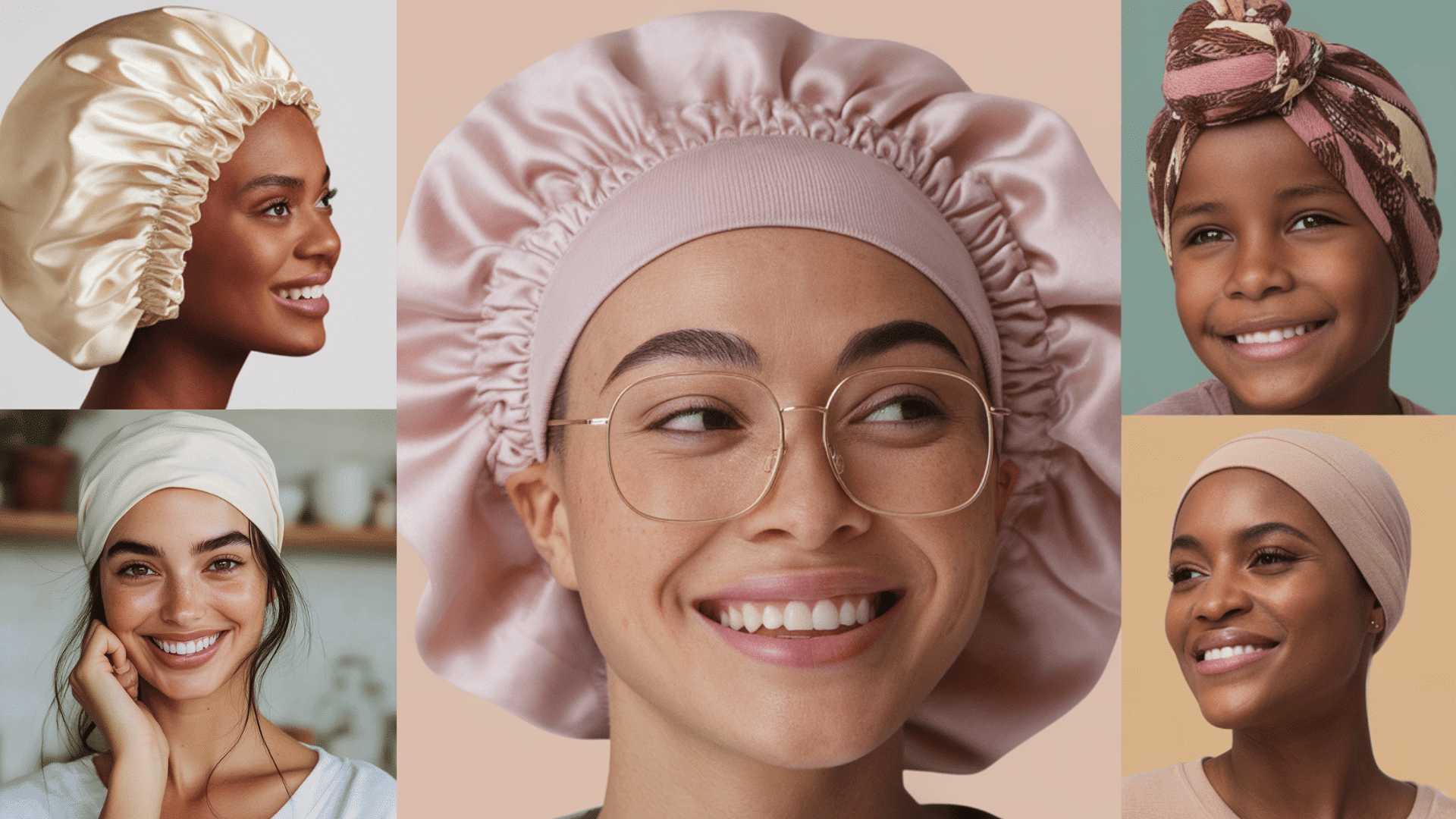
Not all sleep caps are created equal, and different styles serve different purposes. The ideal sleep cap should feel snug but comfortable, with enough room to accommodate your hair without compressing it too much.
Satin-lined Bonnets
Satin-lined bonnets like the popular Grace Eleyae Adjustable Slap are versatile options that work for many hair types.
They typically have an adjustable band and a roomy interior to accommodate lots of hair. These are perfect for everyday use and particularly beneficial for protective styles like braids or twists.
Chemo Sleep Caps
If you’re undergoing chemotherapy or experiencing significant hair loss, specialized chemo sleep caps are worth considering.
These are designed with ultra-soft, flawless fabrics (often bamboo or gentle cotton blends) that won’t irritate sensitive scalps. They generally provide more complete coverage and warmth while maintaining breathability.
DIY Sleeping Caps for Kids or Themed Costumes
Remember those nightcaps from Little House on the Prairie? You can make simple versions with soft cotton fabrics that add a touch of whimsy to bedtime routines.
Turbans and Wrap Styles
Turbans and wrap styles offer more security and often a more fashionable look. These can be great transitional pieces that work for both sleeping and lounging.
The wrapped design can provide extra protection for very fragile hair and often stays in place better for restless sleepers.
Convertible Day-to-Night Caps
Some innovative brands now offer convertible day-to-night caps that look stylish enough to wear in public but provide all the protective benefits for sleeping.
These multifunctional pieces are perfect for travel or for those who want to maximize their investment.
Before You Put on the Cap: A 3-Step Routine
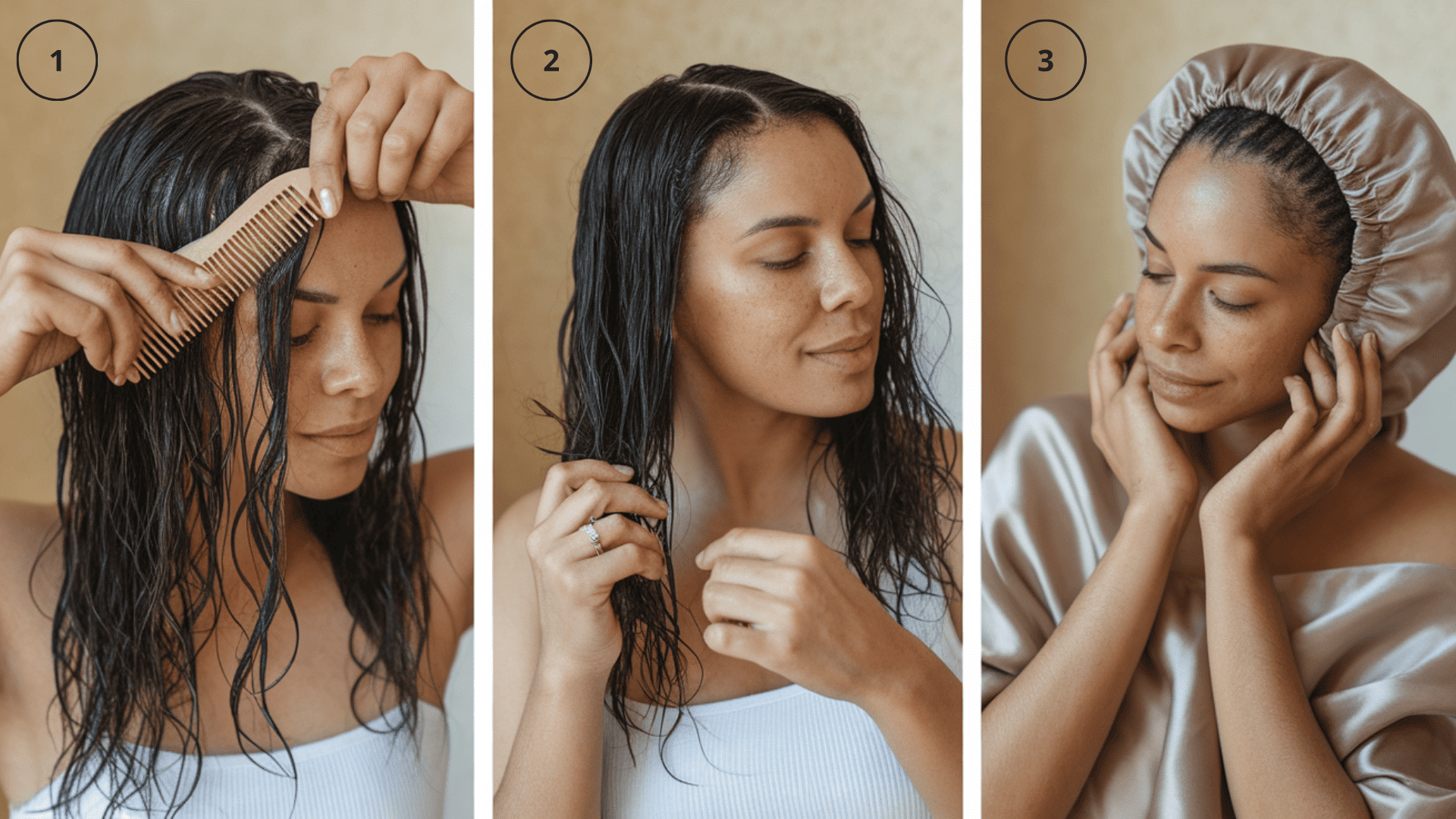
Getting the most from your sleep cap starts before you even put it on. Think of your nightly hair routine as setting the stage for hair health while you sleep.
Step 1
Start by gently detangling your hair. This prevents knots from getting worse overnight and helps distribute your natural oils from root to tip.
Step 2
Once detangled, consider applying a light moisturizing product. For most hair types, less is more—you want just enough to seal in moisture without making your hair greasy or weighing it down.
A few drops of lightweight oil (like argan or jojoba) or a small amount of leave-in conditioner work well.
Remember: Make sure your hair is completely dry before putting on your sleep cap! Even slightly damp hair trapped in a cap overnight can become a breeding ground for mildew and bacteria.
Step 3
How you style your hair under the cap matters, too. For those with longer hair, loose braids, twists, or a high “pineapple” bun secured with a soft scrunchie can help maintain volume and prevent tangles.
If you have shorter hair, you might not need any special styling – make sure it’s arranged comfortably without any uncomfortable bumps or pressure points.
Maintaining Your Sleep Cap
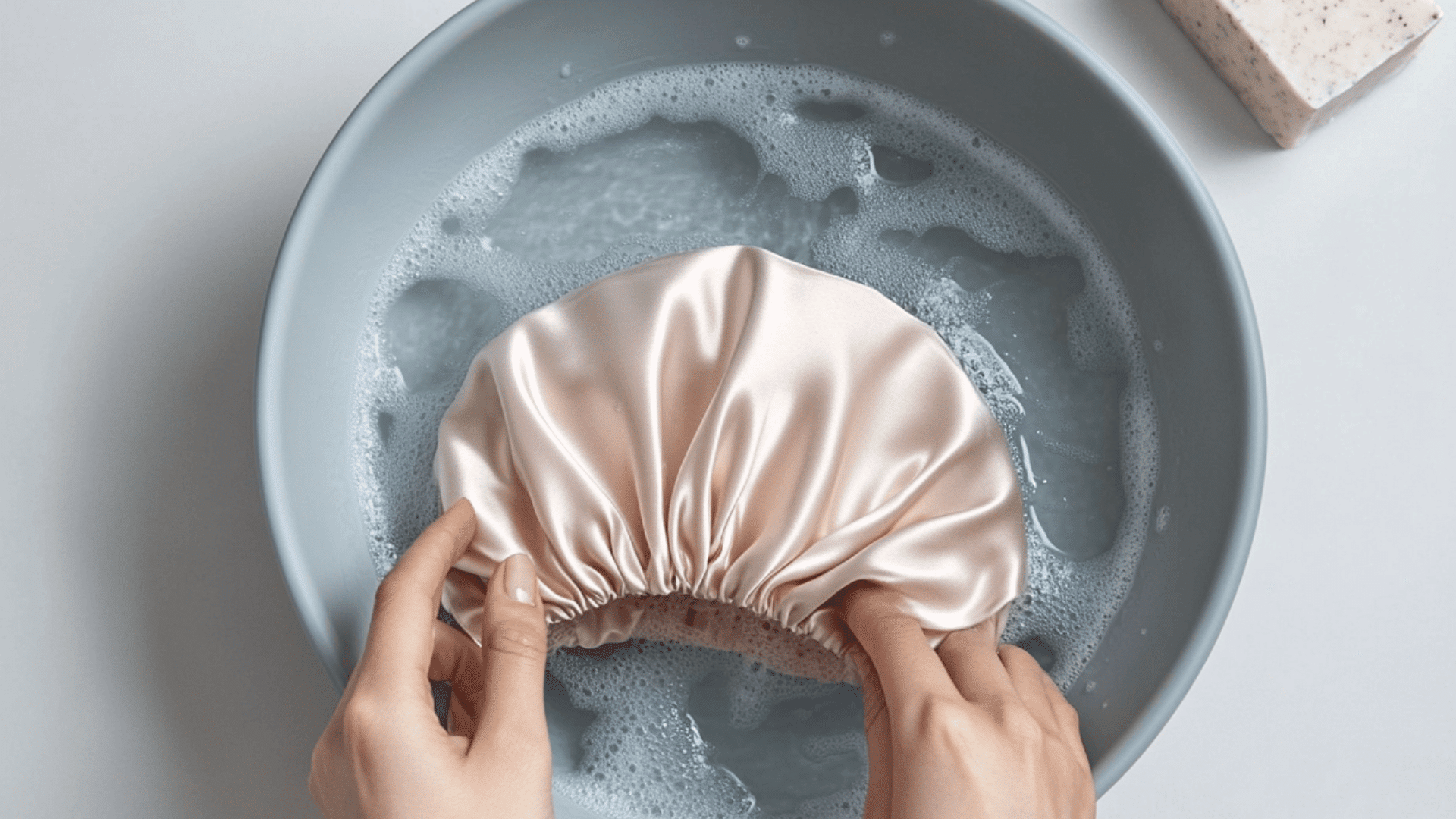
Even the best sleep cap needs regular cleaning. Aim to wash yours every 1-2 weeks – more often if you use a lot of hair products or sweat during sleep.
Most satin and polyester caps can be hand-washed with mild soap and cool water and then air-dried.
Silk caps often need even gentler care—check the manufacturer’s instructions. Rotating two caps ensures you’re never without one on laundry day.
An All-Purpose Sleep Cap for Your Needs
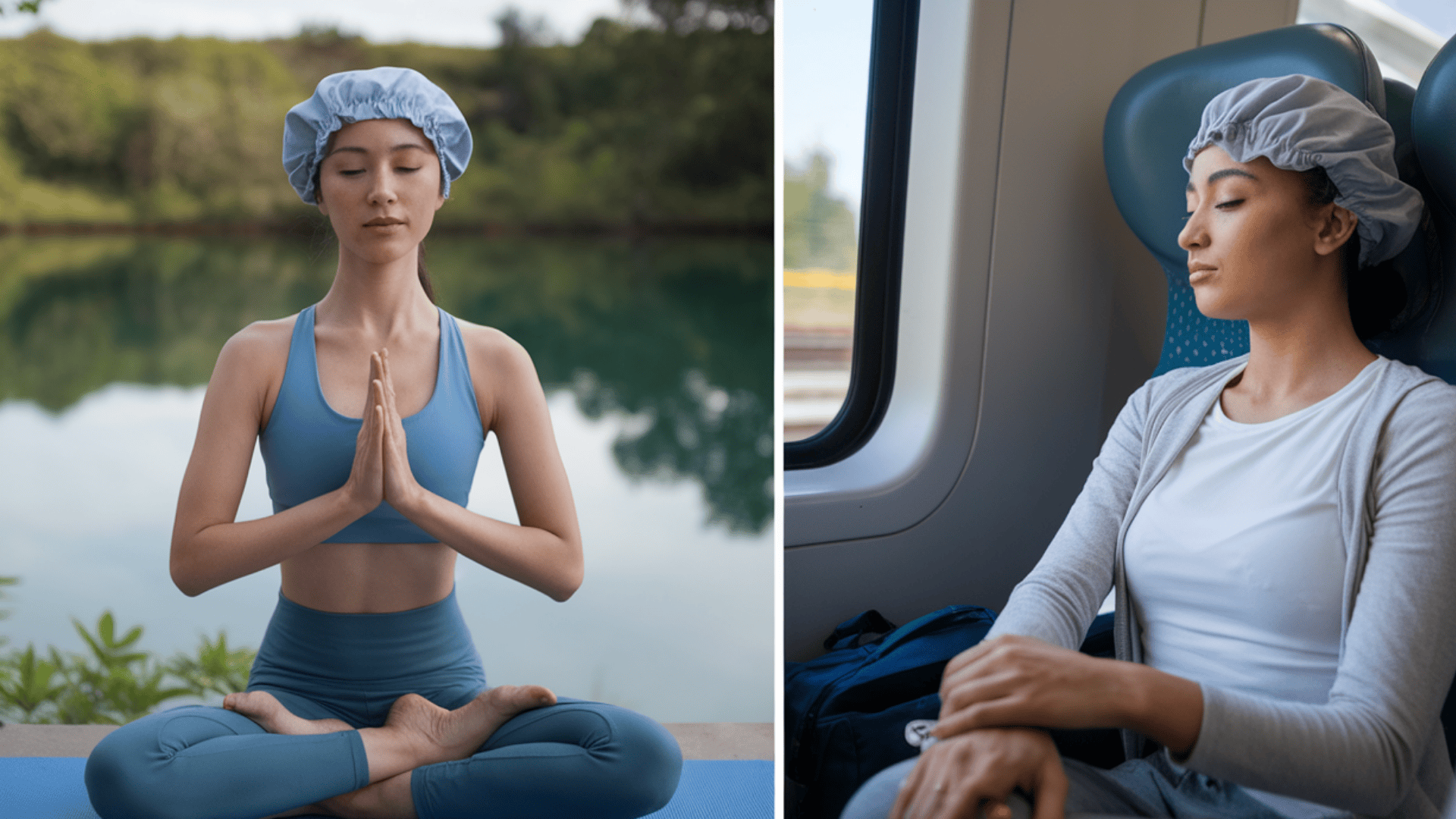
Sleep caps are surprisingly versatile beyond their primary bedroom purpose. Whether you wear one every night or just occasionally, understanding these tips and alternative uses can help you get the most benefit from this simple but effective hair care tool.
- During cold weather, a thin satin cap worn under winter hats provides an extra layer of insulation while preventing hat friction, which can cause static and breakage.
- Many yoga practitioners wear sleep caps during certain practices to keep hair contained without the tension of a traditional ponytail. The gentle hold is particularly beneficial during restorative poses where you might be lying on a mat for extended periods.
- For those undergoing chemotherapy or rehabilitation after hair loss, sleep caps can be worn during the day for comfort, warmth, and privacy. The soft, seamless varieties are especially suitable for this purpose.
- Sleep caps can also make fun accessories for costume wear – whether you’re dressing as a character from a historical period or creating themed looks for sleepovers or parties. Children especially enjoy the playful aspect of special nighttime headwear.
- Some people even use lightweight sleep caps while traveling to keep their hair clean and protected while napping on planes or trains. The caps prevent hair from touching potentially unsanitary headrests and help them arrive looking more put-together.
Wrapping It Up
Sleep caps are an easy, effective tool for hair care, scalp comfort, and nighttime wellness. This simple addition to your routine can protect your hair from friction, prevent moisture loss, maintain styles, and provide comfort.
All it takes is a few seconds before bed to potentially save hours of styling and damage repair in the long run.
Final call: Try a cap that fits your needs—your hair (and scalp) will thank you. With so many options available at different price points, there’s likely a perfect match for your specific situation.
Why not give your hair the same care and protection during sleep that you provide during waking hours?

